√100以上 what is an albizia tree 248975-What is an albizia tree
Albizia julibrissin Mimosa tree Nonnative to Florida FISC Category 1 Invasive Species Overview Origin Tropical Asia Originally from China, mimosa or silk tree was introduced to the United States in 1745 and cultivated since the 18th century primarily for use as an ornamental Mimosa remains a popular ornamental because of its fragrant andAlbizia species such as A ferruginea are know by a number of regional and trade names, such as tanga tanga, iatandza, awiemfosamina, and musase Though perhaps most often, the wood is mixed with other Albizia species and sold under the more generic name albiziaAnd to reduce swelling associated with trauma

Seedseller Albizia Lebbeck Shirisha Siris Tree Seeds For Growing The Tree Is Used For Forage Medicine Wood 80 Seeds Amazon In Garden Outdoors
What is an albizia tree
What is an albizia tree-This fastgrowing, deciduous tree has a low branching, open, spreading habit and delicate, lacy, almost fernlike foliage Fragrant, silky, pink puffy pompom blooms, two inches in diameter, appear in abundance from late April to early July creating a spectacular sight But the tree produces numerous seed pods and harbors insect (webworm) andAlbizia, (genus Albizia), also called silk tree or silk plant, genus of trees or shrubs in the pea family ()The genus is pantropical, though most species are native to warm regions of the Old World The plants are widely used for fodder and timber, and many are important in traditional medicine



1
For example, Albizia julibrissin may be interchangeably called silky mimosa, Persian acacia or silktree among various Englishspeaking nations or regions Plants in the genus Acacia may be called mimosa, wattle, thorntrees, acacia or prickly MosesSengon (laut), Moluca, Batai, Albizia, Jeungjing Native Distribution Australia, Indonesia, Papua New Guinea, Solomon Islands Biology Up to 40m height, 100cm diameter, with spreading flat crown Ecology Fastgrowing pioneer Habitat Often in secondary lowland rainforest and light montane forest, up to 1600m altitude; The mimosa tree is a deciduous, mediumsized tree in the genus Albizia and legume family FabaceaeMimosa trees have a vaseshaped growth with a spreading, broad crown A fullgrown mimosa tree can measure between 10 and 50 ft (3 – 15 m) high and up to 50 ft (15 m) wide
Albasia wood is also known by another Latin name Albizia Falcata Albasia wood has been a constructor's choice due to its excellent properties It is a very light yellowish timber, lighter than most pine species This wood can be ready to harvest in about 3 to 4 years because it is a fastgrowing tree in the legume family The genus albizia (Albizia spp) includes several species of shrubs, vines and trees with feathery, fernlike foliage and long seed pod The most common albizia tree, also called mimosa or silkAlbizia julibrissin, the Persian silk tree or pink silk tree, is a species of tree in the family Fabaceae, native to southwestern and eastern Asia The genus is named after the Italian nobleman Filippo degli Albizzi, who introduced it to Europe in the mid18th century It is sometimes incorrectly spelled AlbizziaThe specific epithet julibrissin is a corruption of the Persian word guli
The Albizia tree is one of the fastest growing trees in the world and is native to the island of Java Indonesia where our mywoodwall™ panels are constructed by hand This native tropical tree is an important resource to the community in Indonesia and is utilized in a number of industries all over the world This albizia tree, Falcataria moluccana (it is also named Albizia falcate, Amoluccana and others), is a native to such places as Papau New Guinea, the Bismark Archipelago, and the Solomon Islands The wood is used for light weight construction, cabinets, furniture, toys, and match sticks It is a fast growing tree to over 100 ft tallAlbizia, sometimes spelled Albizzia, is the name of a species of legumeproducing trees Typically, Albizia are flowering trees, averaging 1030 feet tall Varieties of Albizia can be found in the Americas, Asia, Africa, and Australia An herb made from Albizia bark has been used for centuries in India to treat a wide variety of ailments




Albizia Julibrissin Persian Silk Tree 365 Days Time Lapse From Seed To Bonsai Forest Youtube
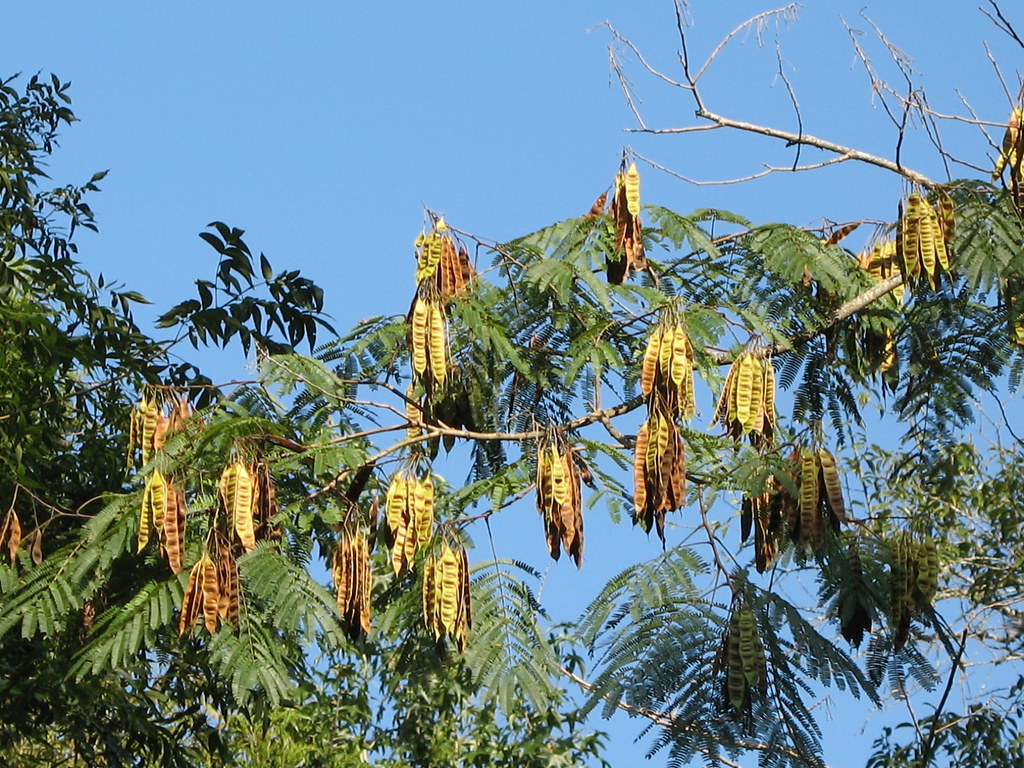



Persian Silk Tree Or Mimosa Albizia Julibrissin Albizia Flickr
Also called silk tree, the mimosa tree (Albizia julibrissin) is a versatile shade tree with lacy leaves and fragrant, soft but spiky puffs of flowersThe Albizia genus is made up of about 150 species of subtropical and tropical trees and shrubs with a short lifespanAlbizia leaves are pinnately or bipinnately compound and their small flowers are in bundles, with showy stamens much longer than the petals This genus is found in Asia, Africa, Madagascar, Central, South, and southern North America and Australia, but mostly in the oldHow to choose Albizia (Silk) trees Albizias, often known as Silk Trees, originated in central and eastern Asia, and are part of the Mimosa family They are widely grown in gardens in France, Spain, and Italy and if you have a shelted spot an Albizia will bring the exotic colours of southern Europe to the British garden




Albizia Julibrissin Silk Tree




Albizia Saman A Sustainable Type Of Wood Xyleia Natural Interiors
Albizia trees are known as being one of the fastestgrowing trees Within four years of germination, some albizia trees will grow to an average height of 70 feet and have an approximate circumference of 3 feet 7 inches Due to its rapid growth rate, albizia wood is Silk tree mimosa (Albizia julibrissin) growing can be a rewarding treat once the silky blooms and fringelike foliage grace the landscapeSo what is a silk tree?Fast growing, Albizia julibrissin (Silk Tree) is a medium sized, deciduous tree of vaseshaped habit with a broad, spreading canopy of fernlike, bipinnate, rich green leaves, in long (50 cm) Sensitive, the leaflets fold when touched and at night Fluffy, pink, powder puff flowerheads, with prominent stamens, open in early summer and cover the tree




Set Of Persian Silk Trees Albizia Julibrissin 3 Trees 3d Model Download 3d Model Set Of Persian Silk Trees Albizia Julibrissin 3 Trees 3dbaza Com



Albizia Trees
Albizia julibrissin, or Silk Tree, is a member of the Fabaceae (legume) family It is also known as Mimosa and is a native of Asia that was introduced in the United States in 1745 It was cultivated as an ornamental tree due to its fragrant and showy flowers This tree is now invasive in North Carolina and other parts of the Southeastern UnitedAlbizia is a genus of more than 160 species of mostly fastgrowing subtropical and tropical trees and shrubs in the subfamily Mimosoideae of the family Fabaceae The genus is pantropical, occurring in Asia, Africa, Madagascar, America and Australia, but mostly in the Old World tropics A spokeswoman for the Big Island Invasive Species Council said the first explorers of a new law allowing landowners to remove potentially dangerous albizia trees from neighboring properties could be community associations in Puna Albizia, an invasive species that grows tall quickly but has shallow roots, is prone to shedding heavy limbs
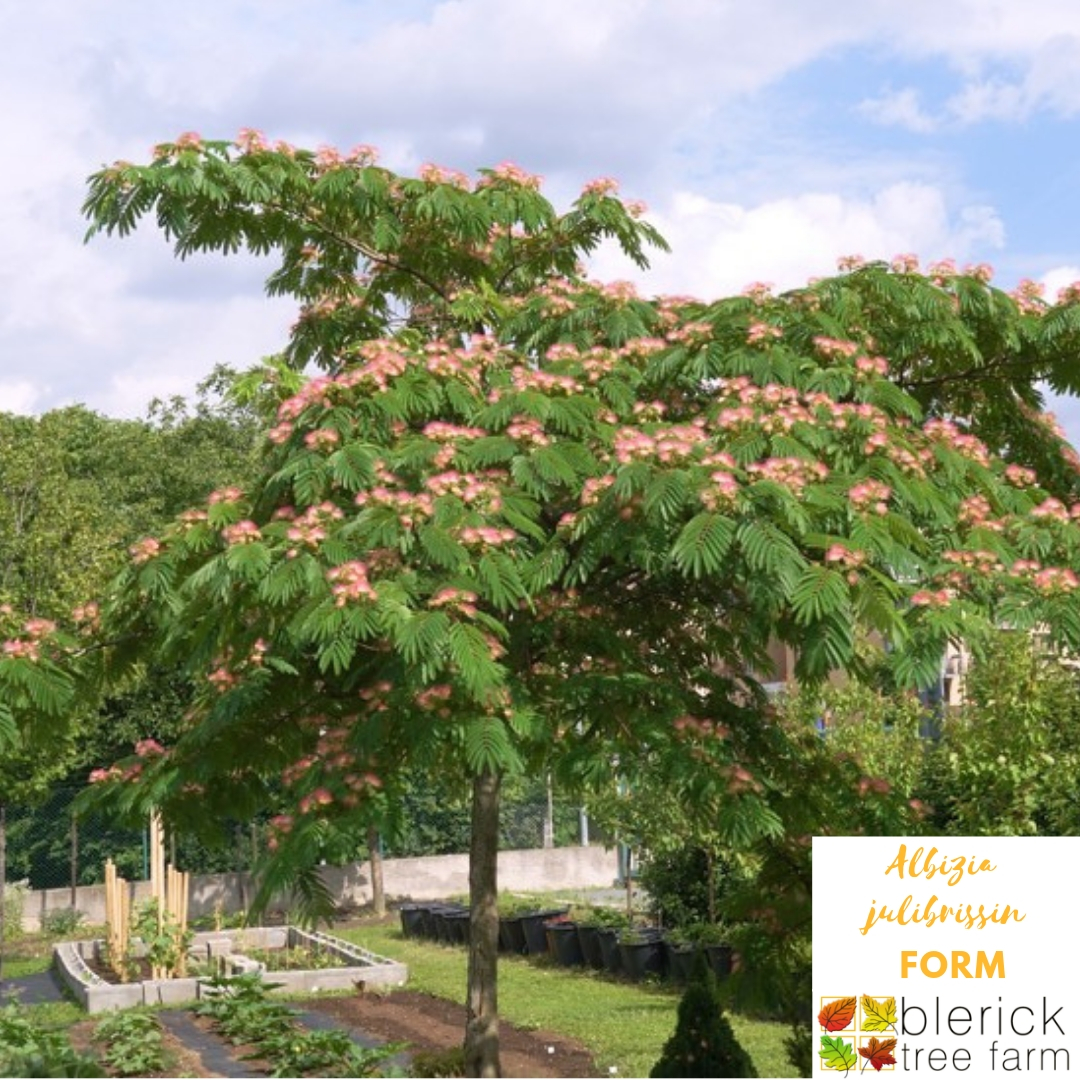



Albizia Julibrissin Persian Silk Tree Blerick Tree Farm




Albizia Julibrissin Silk Tree
Silk Tree, Mimosa Tree, Pink Siris Albizia julibrissin is naturalized in Texas and other States and is considered an invasive plant in Texas Negative On , lobcard from Newport News, VA (Zone 7b) wrote I was shocked to see Mimosa on a top ten plant listOn a wide range ofA Albizia in Hawaii might be the fastest expanding tree in the globe It is likewise a tree that spreads out quickly It is likewise a tree that spreads out quickly Like various other vegetables, participants of the plant household Fabaceae, albizia has the capability to "deal with" nitrogen from the air which allows its fast development
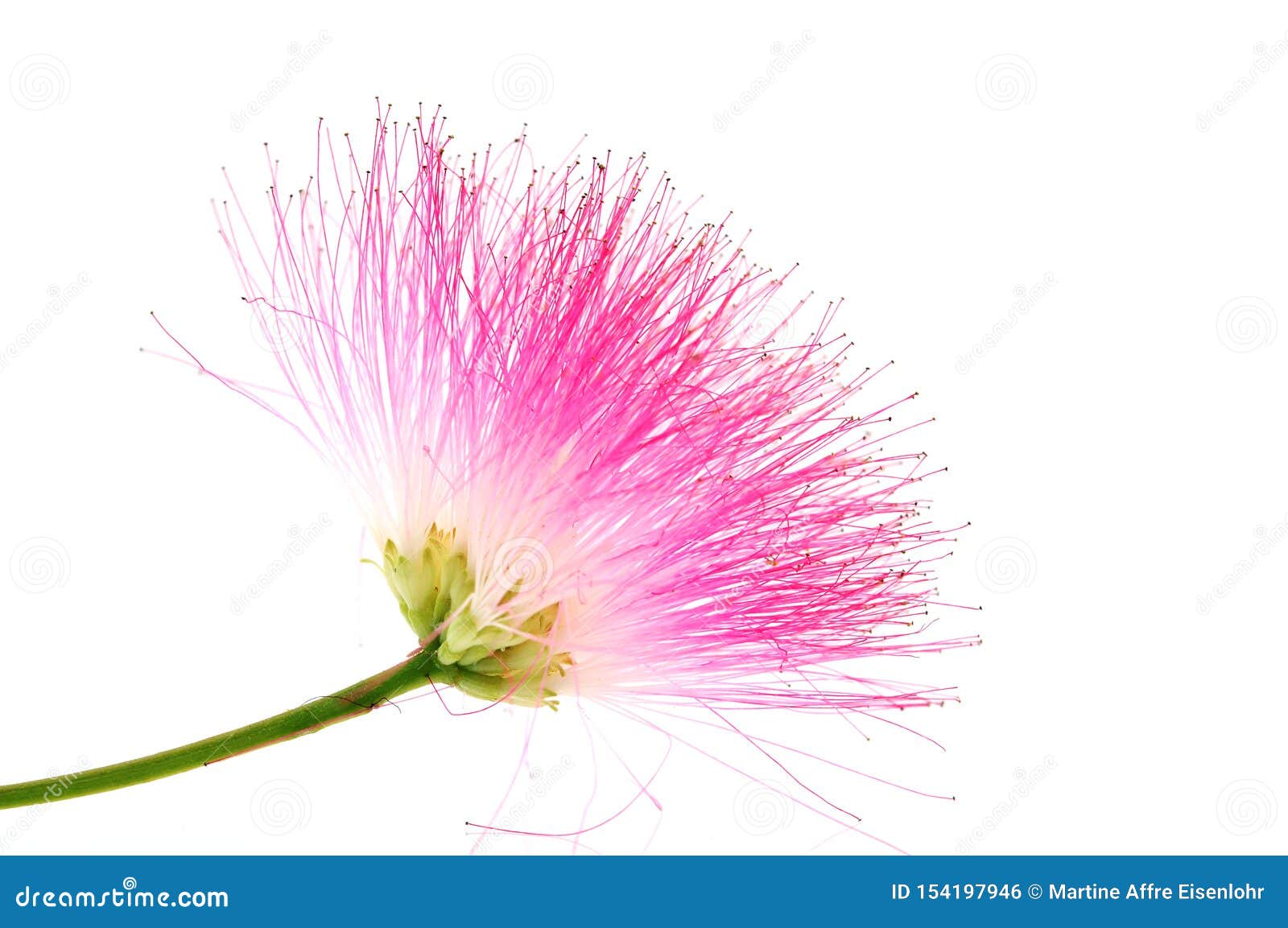



Silk Tree Albizia Julibrissin In Bloom On White Background Stock Photo Image Of Bird Butterfly




Albizia Julibrissin Mimosa Silk Tree 24 Box Standard Plantclearance Com
Noteworthy Characteristics Albizia julibrissin, commonly called mimosa or silk tree, is a fastgrowing, small to medium sized, deciduous tree that typically grows in a vase shape to 40' tall with a spreading, often umbrellalike crownIt is native to Asia (Iran to Japan) It has been widely planted in the U S as an ornamental and has escaped cultivation and naturalized in many areasKeep reading to learn more What is a Silk Tree?The Silk Tree (Albizia julibrissin), also known as Mimosa, is native to Southwest Asia, where it grows in woods and on riverbanks This beautiful, but relatively shortlived ,deciduous tree can grow to a height of 6m, with a spread of 8m, and has a fast growth rate of about 25
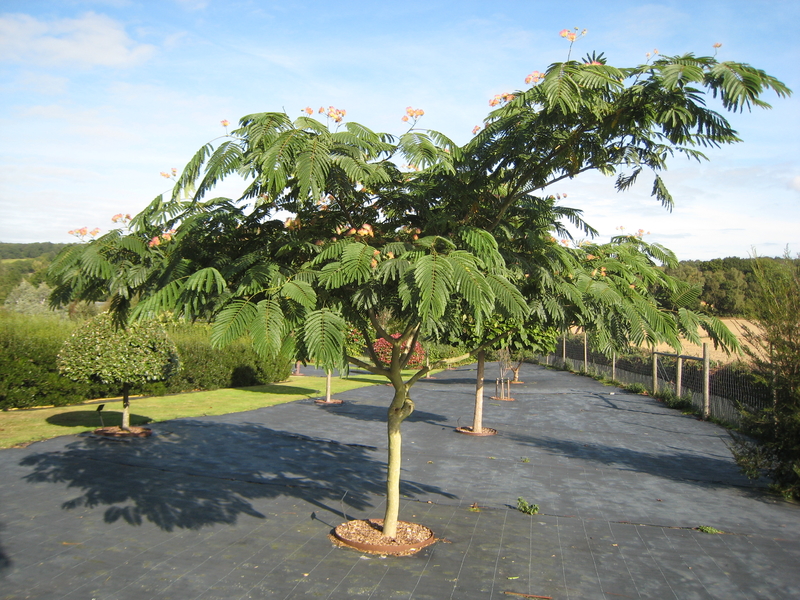



Albizia Julibrissin Rosea Silk Tree Architectural Plants
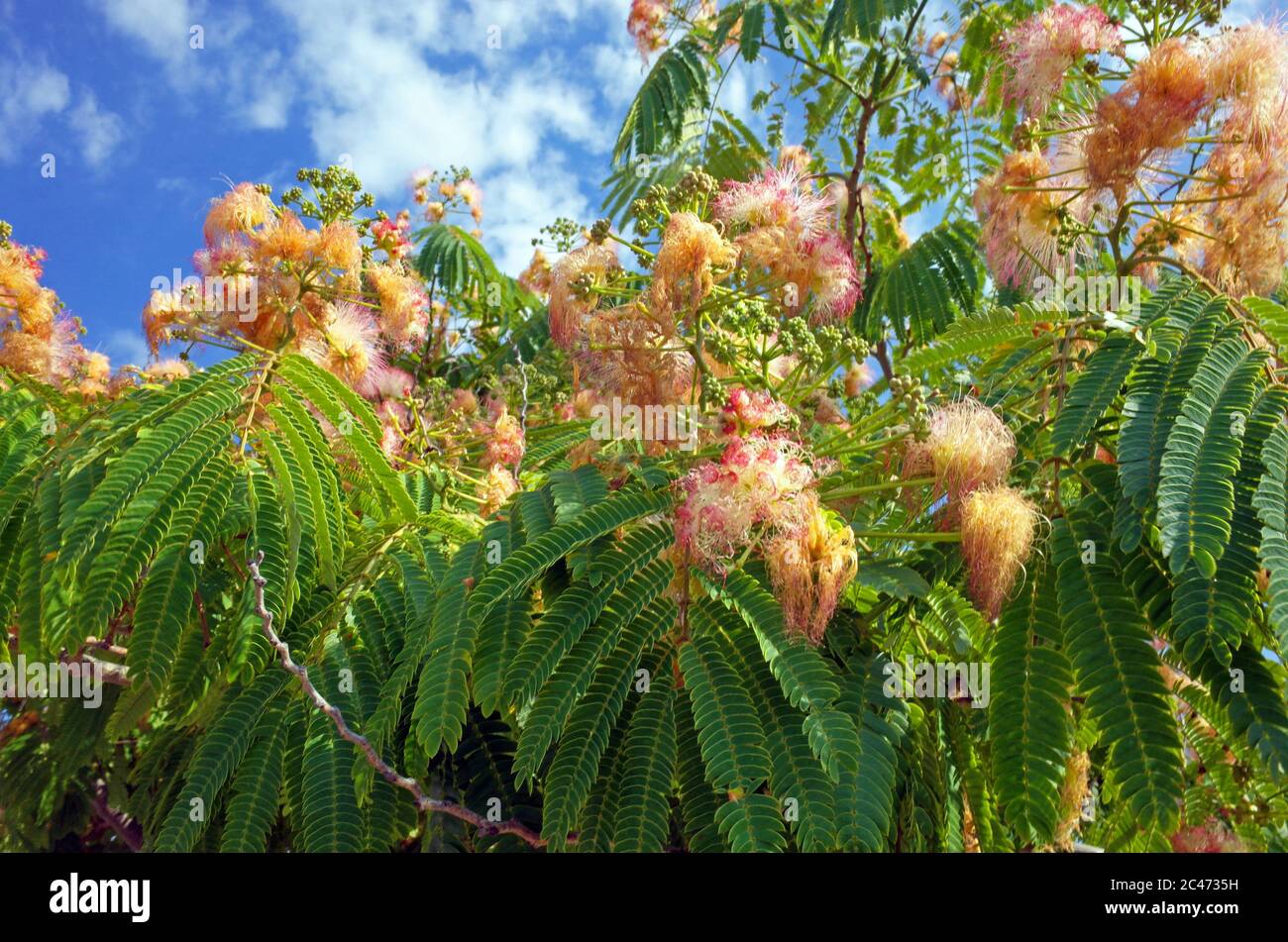



Flowers Of Persian Silk Tree Or Pink Silk Tree Albizia Julibrissin In Sardinian Garden Stock Photo Alamy
As the common name of this magnificent tree suggests, Albizia adianthifolia var adianthifolia has a conspicuous flat crown, which makes it unmistakable in the coastal and lowaltitude forest, forest margins, open forest and ravines where it occurs in South AfricaIt can reach a height of over 40 m The bark is grey to reddish brown and rough Branchlets and peduncles have grey to brown hairsThe broad term albizia actually refers to a specific genus of tropical flowering trees that is made up of more than 150 species The trees are native to Africa, Asia, Madagascar, America, and Australia, but it is an old genus, so when those landmasses were connected, the flowering trees dispersed, and are largely only present in Old World locationsAlbizia is a lifethreatening tree in 07 in a park in Malaysia, two women were seriously injured and one killed when they were struck and pinned by a falling albizia branch Large branches have been recorded breaking and falling in heavy rain or with minor wind gusts of 35mph Albizia also is prone to "sudden limb drop", where limbs will




The Rain Tree Albizia Saman Formerly Samanea Saman This Species Download Scientific Diagram
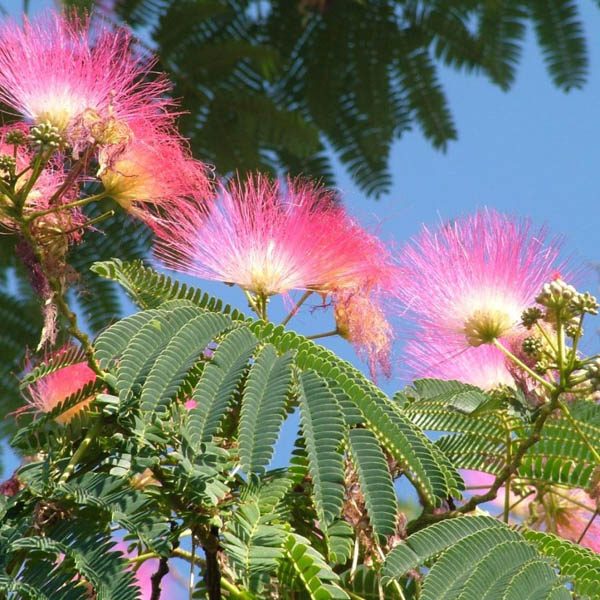



Buy Albizia Julibrissin Pink Silk Tree Seed Australian Seed
Albizia julibrissin is a tree that was originally grown in southern and eastern Asia The flowers and stem bark are used to make medicine Albizia julibrissin is used for anxiety, cancer, insomnia What Is Albizia Julibrissin? Albizia is an herb that was originally grown in southern and eastern Asia The flowers and stem bark are used to make medicine Albizia is taken by mouth for anxiety, cancer, depression, sleep problems (insomnia), and sore throat;




Manoa Lyon Arboretum To Begin Albizia Removal Project University Of Hawaii News




Biocontrol Agents Could Be Used To Kill Albizia In Hawaii Honolulu Civil Beat
A little known tree in the West, Albizia julibrissin, is beginning to share the spotlight with other herbal antidepressants as an effective remedy Mental illness is classified as any mental condition that disrupts daily personal, social, or occupational function Anxiety and mood disorders are the most common forms of mental illness in adultsHarriette Halepis Honeybees are attracted to the highly sweet scent of silk tree flowers A silk tree, technically called an Albizia tree, is a subtropical tree that is grown throughout the Americas and in Africa Albizia trees are usually found next to streams, rivers, and swampsDue to the strength of the tree, these trees are frequently used to make canoes, wooden tool handles, and are usedPositive On , loplantguy from Lake Oswego, OR wrote A beautiful tree the first year in the groundThree feet plus of growth over the season New growth is greenish and changes to chocolate brown in the sun Especially nice to look down on with its




Albizia Chinensis Silk Tree Chinese Albizia Kool Khang Hung Kang Luang Cham With Natural Background Albizia Chinensis Use Stock Image Image Of Kool Cham
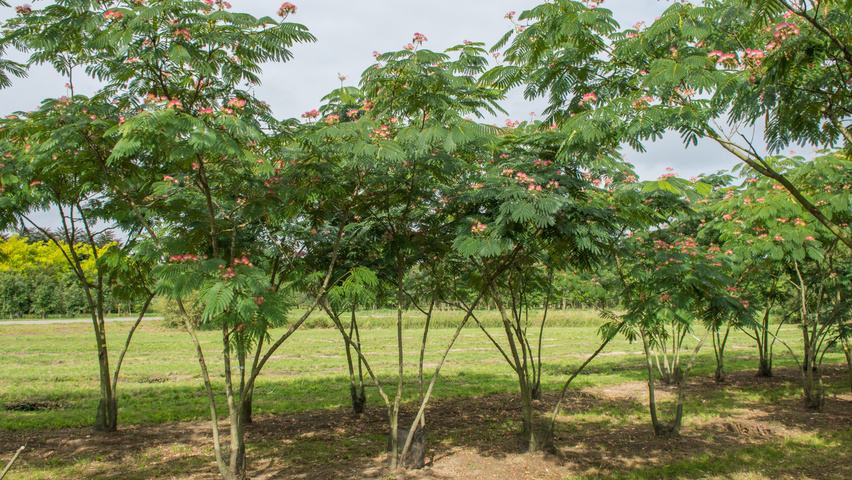



Albizia Julibrissin Boubri Treeebb Online Tree Finding Tool Ebben Nurseries
Use of Albizia species in smallscale farming systems in Indonesia Proceedings of an International Workshop on Albizia and Paraserianthes species Forest, Farm and Community Tree Research Reports, ed by Zabala NQ Morrilton, USA Winrock International 2736 Escalante E, 1997 Saman (Albizia saman) in agroforestry systems in Venezuela The silk tree (Albizia julibrissin) is a pretty looking tree with fernlike leaves and exoticlooking flowersOn each leaf there are tiny leaflets that close when touched or as the sun sets The stunning pink flowers that initially drew attention towards the silk tree inspire the origin of its common name Mimosa Tree Commonly known as the mimosa tree or silk tree, Albizia julibrissin is an attractive yet invasive tree that is threatening Florida's landscape Originally from China, the mimosa tree has been a popular landscape tree in Florida for many years because of its fragrant pink flowers and feathery, fernlike foliage
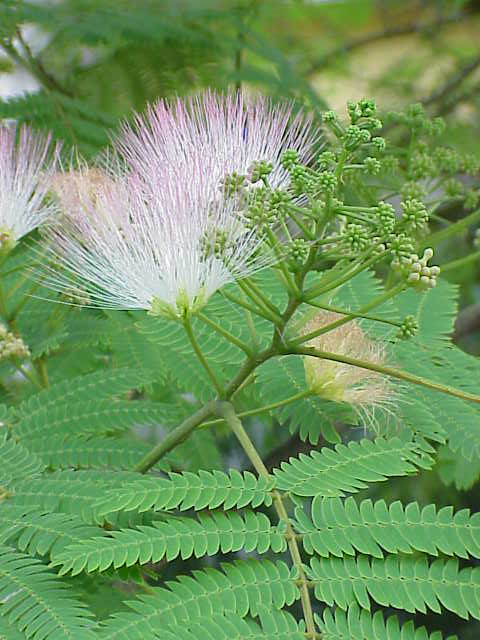



Albizia Wikipedia




Albizia Julibrissin Rosea Emerald Plants
Mimosa (Albizia julibrissin) is a small flowering tree in the mimosa family It is also known as the silk tree, silky akasia or Persian silk tree Its most distinguishing features are the doubleleaved leaves and the showy pink flowersThe flowers and bark of the mimosa tree ( Albizia julibrissin) are among the most valued of Chinese botanicals for relieving anxiety, stress and depression Commonly found growing throughout temperate zones in the Western United States albizia is native to China, Persia, Korea and Japan It is traditionally known as "huan hua" (flowers) andTree has grown 23 feet in first 5 months since planting Great color so far!



1
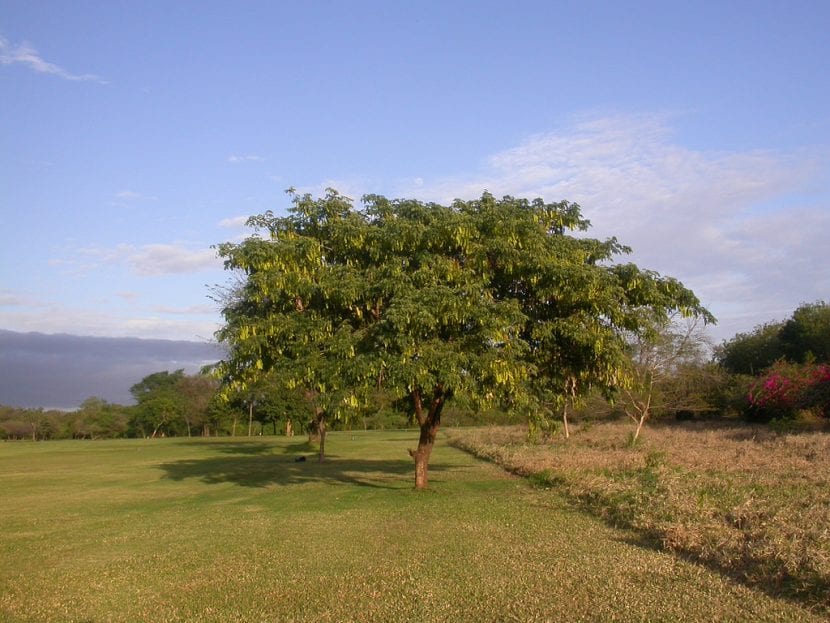



Albizia Characteristics And Care Guide Gardening On
Albizia trees in Manoa Valley The tree is categorized as "highly invasive" by the HawaiiPacific Weed Risk Assessment and is prone to what is known as "sudden limb shear" In 16 an albizia branch fatally crushed a utility worker on Kauai Downed albizia can clog streams, exacerbating floodingAlbizia julibrissin, more commonly known as Mimosa, Persian silk tree or pink silk tree is a small tree of the "pea family" (Fabaceae) that grows wild in Asia from the southwest to the east of the continent It is an umbrellashaped tree that grows 610 m tall and wide It has open foliage, allowing light to pass through and grasses to grow at its The Mimosa Tree is known by many other names throughout the world Its Italian namesake, Filippo degli Albizzi, provides it a portion of its scientific name, Albizia julibrissinThe other part of the name is derived from a Persian word meaning "silk flower"
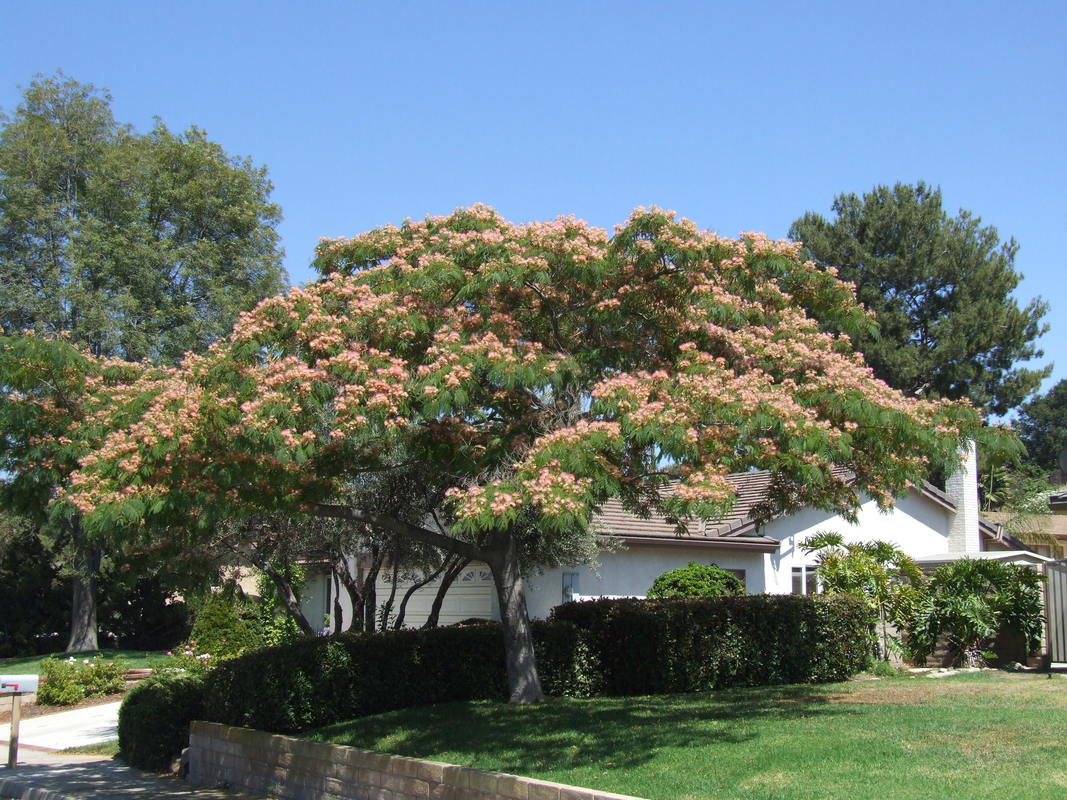



Albizia Julibrissin Northern Irelands Specialist Tree Nursery




Set Of Persian Silk Trees Albizia Julibrissin 3 Trees 3d Model Download 3d Model Set Of Persian Silk Trees Albizia Julibrissin 3 Trees 3dbaza Com
Albizia lebbeck is a perennial, deciduous tree, native to Asia and introduced to tropical regions across the world as a shelter tree for cash crops, for erosion control, as a forage crop and as a source of hardwood The species can tolerate a wide range of climates and soil typesHow to Kill an Albizia Tree Prepare a 50percent mixture of glyphosate herbicide and water or triclopyr herbicide and water in a clean garden sprayer Cut the albizia tree stump to just above ground level, making a straight, horizontal cut with either a chainsaw or handsawMimosa trees are a member of the Fabaceae family and are a popular ornamental tree in the home landscape Also known as silk trees and Albizia silk trees, these




Silk Tree Albizia Julibrissin In Bloom Stock Photo Download Image Now Istock




Albizia Julibrissin Mimosa Persian Silk Tree Pink Silk Tree Silk Tree North Carolina Extension Gardener Plant Toolbox
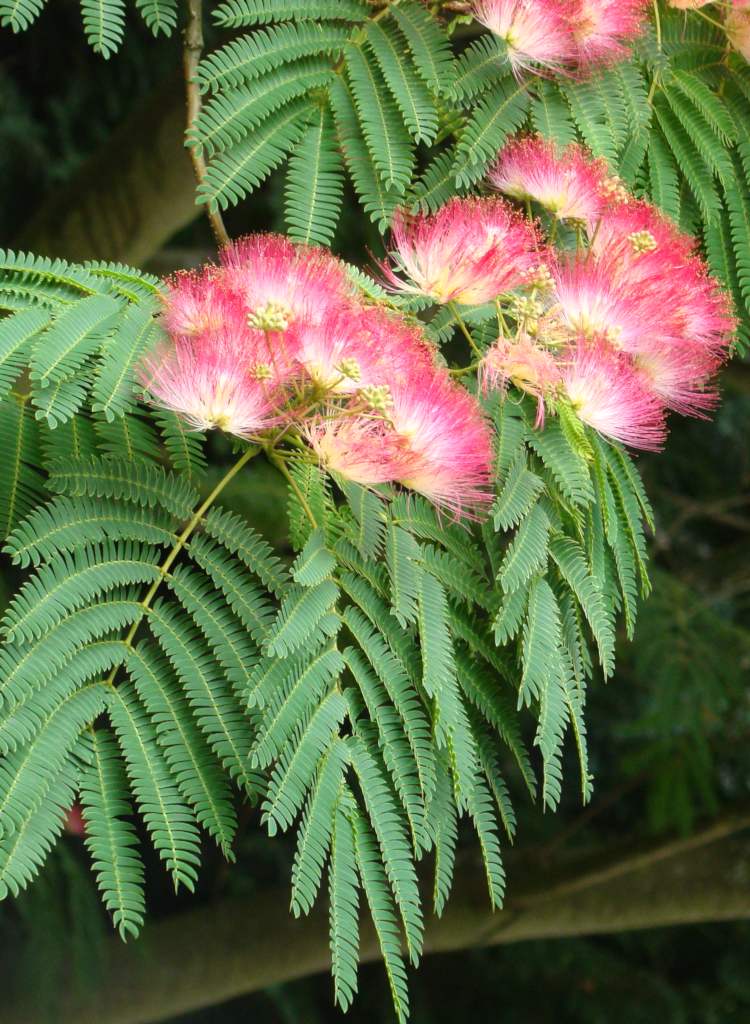



Albizia Care Pruning Planting Fertilizing For The Ultimate Blooming



Albizia
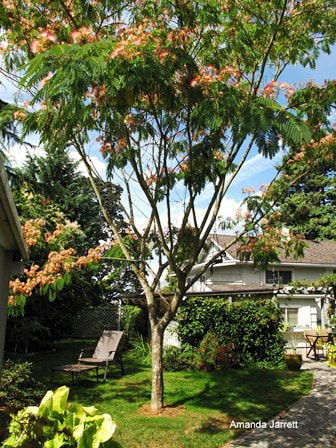



Persian Silk Tree The Garden Website Com




Seedseller Albizia Lebbeck Shirisha Siris Tree Seeds For Growing The Tree Is Used For Forage Medicine Wood 80 Seeds Amazon In Garden Outdoors




Hawaii Invasive Species Council Albizia



Albizia
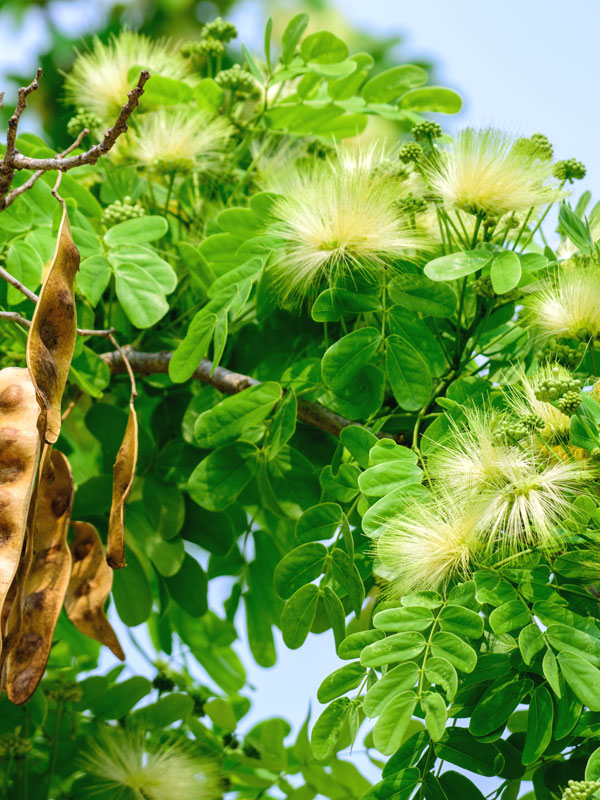



Golden Silk Tree Albizia Lebbeck Urban Tropicals




Albizia Julibrissin Ombrella Boubri Albizia Julibrissin Ombrella Boubri Van Den Berk Nurseries




Albizia Tree Images Stock Photos Vectors Shutterstock




Albizia Julibrissin Silk Tree Mimosa Tree Van Den Berk Nurseries
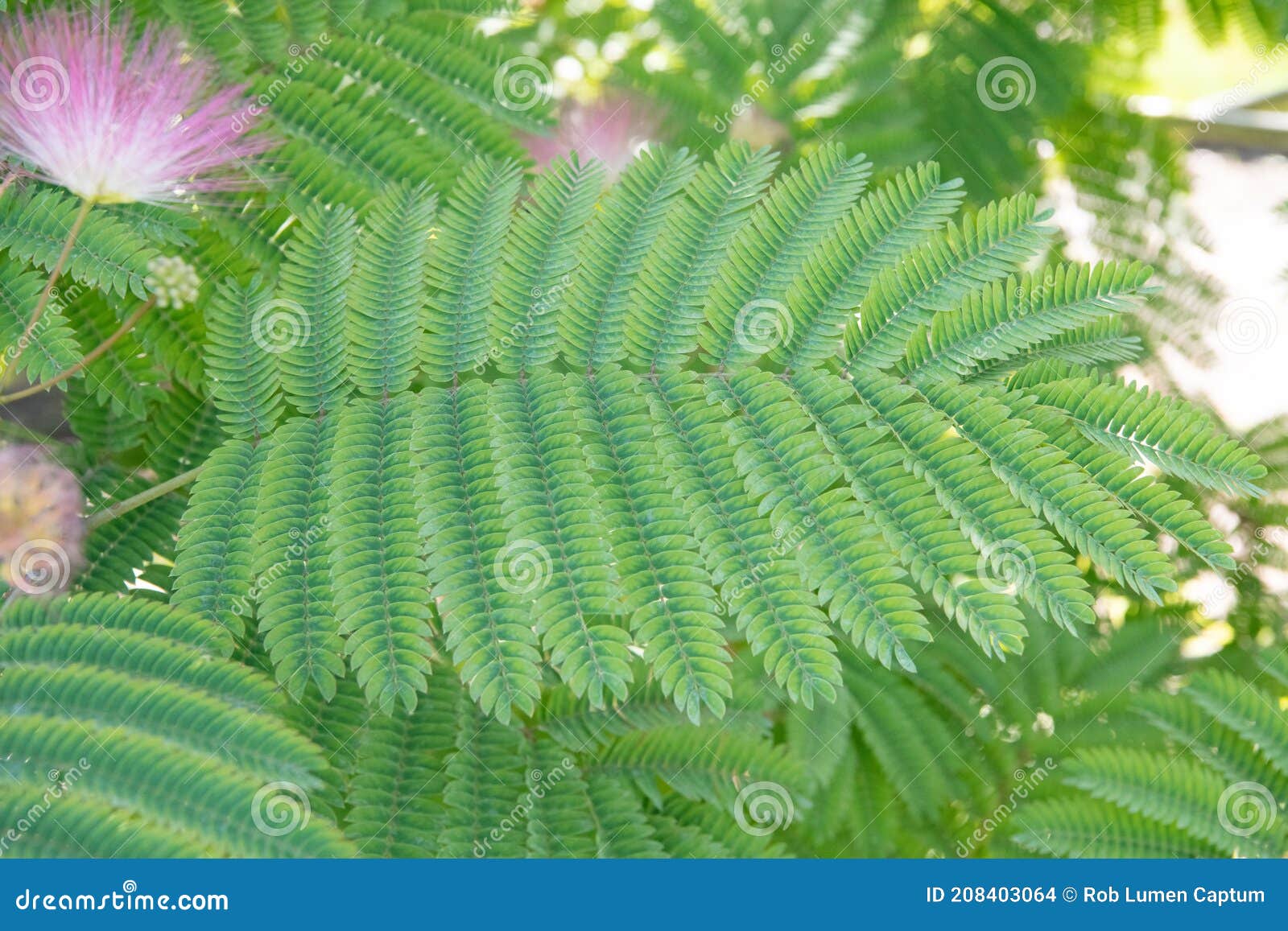



Persian Silk Tree Albizia Julibrissin Feathery Compound Leaf Stock Photo Image Of Filaments Cluster




The Wide Crown Of Albizia Coriaria Makes It A Highly Valued Coffee Download Scientific Diagram
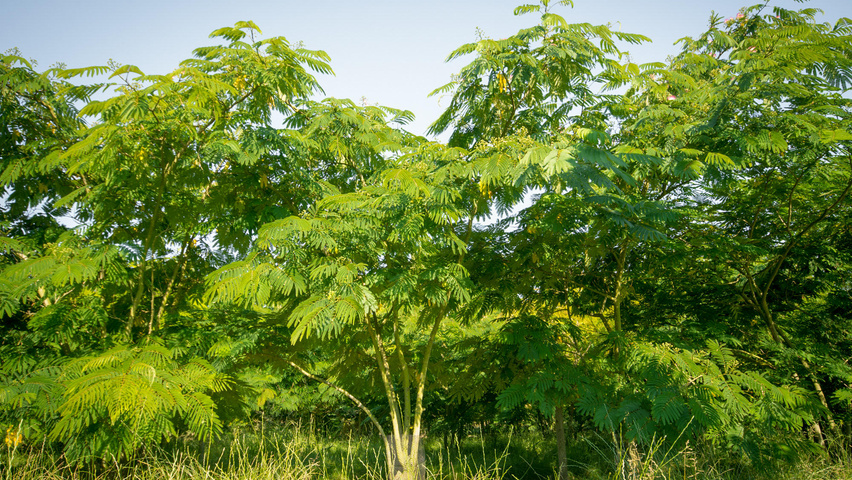



Albizia Julibrissin Boubri Treeebb Online Tree Finding Tool Ebben Nurseries
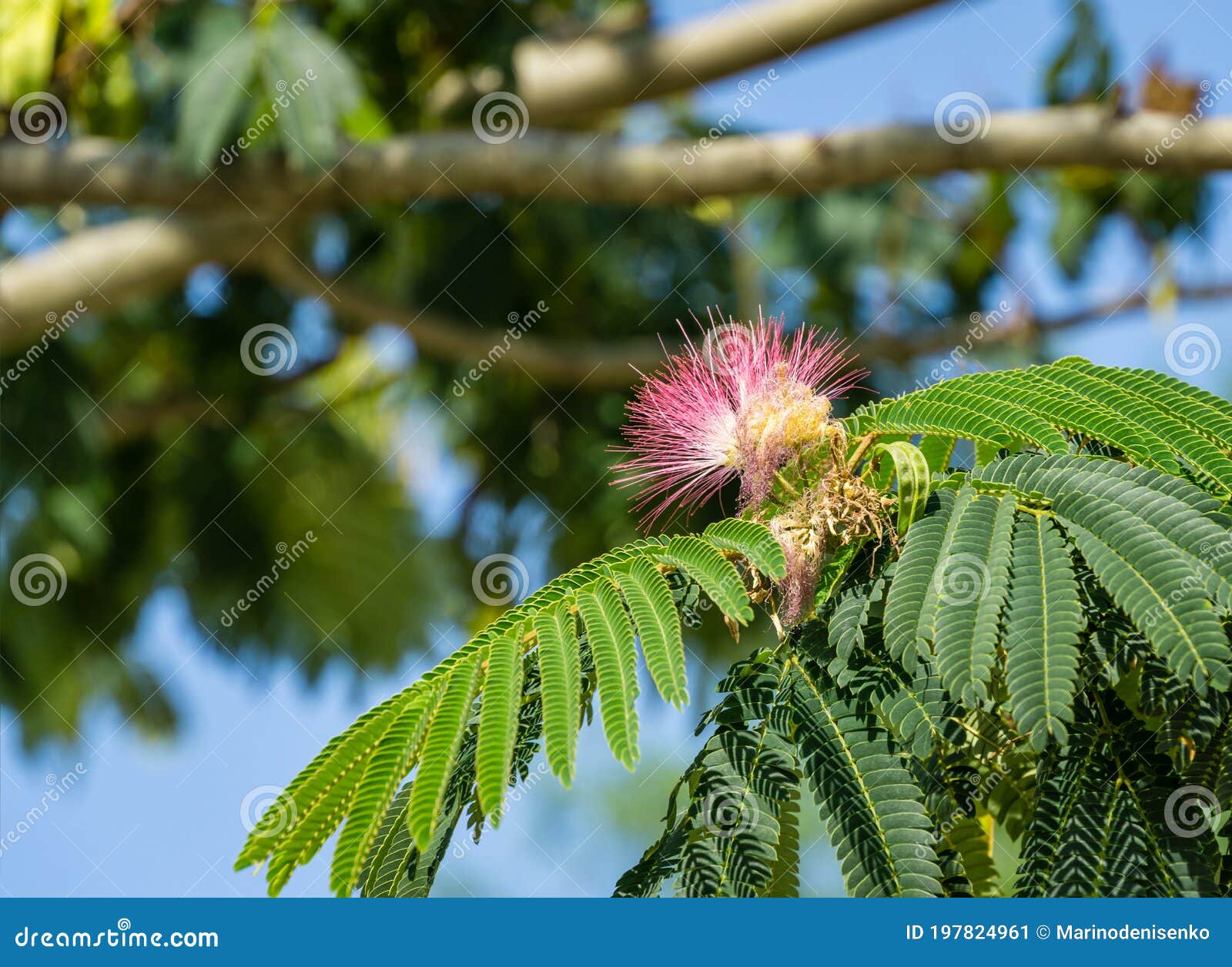



Pink Fluffy Flowers Of Persian Silk Tree Albizia Julibrissin Japanese Acacia Or Pink Silk Tree In City Park Krasnodar Stock Image Image Of Blossoming Julibrissin
/growing-persian-silk-trees-albizia-julibrissin-5094178-01-aa6c505c474d4e3ca7d6e8085d16cadd.jpg)



How To Grow And Care For Silk Trees Albizia Julibrissin




Silk Tree Albizia Julibrissin Foliage And Fruits Stock Image C049 2550 Science Photo Library




Albizia Trees And Shrubs Online



Albizia Trees




Albizia Julibrissin F Rosea Pink Silk Tree
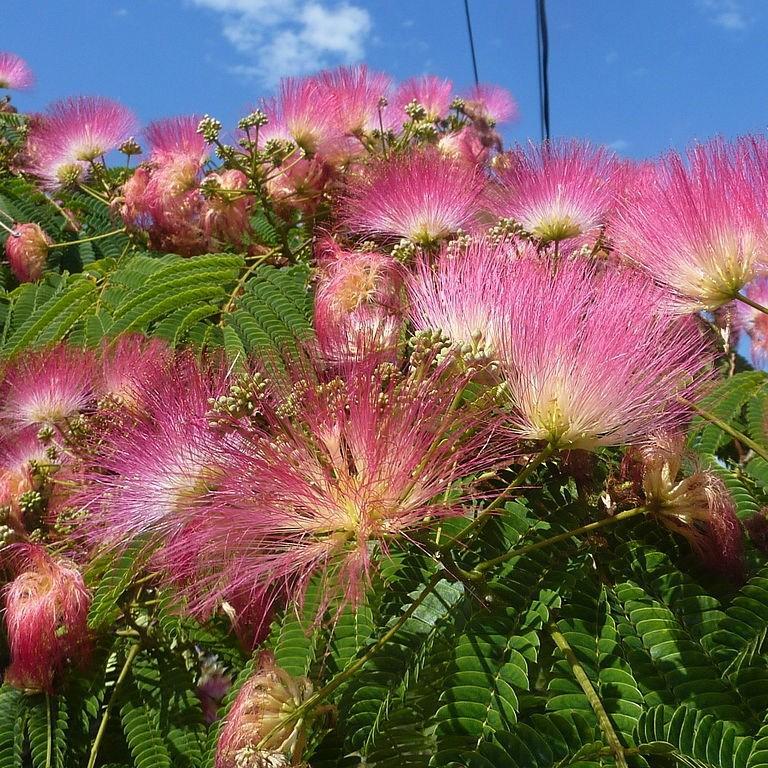



Albizia Julibrissin Summer Chocolate Silk Tree Summer Chocolate In Gardentags Plant Encyclopedia
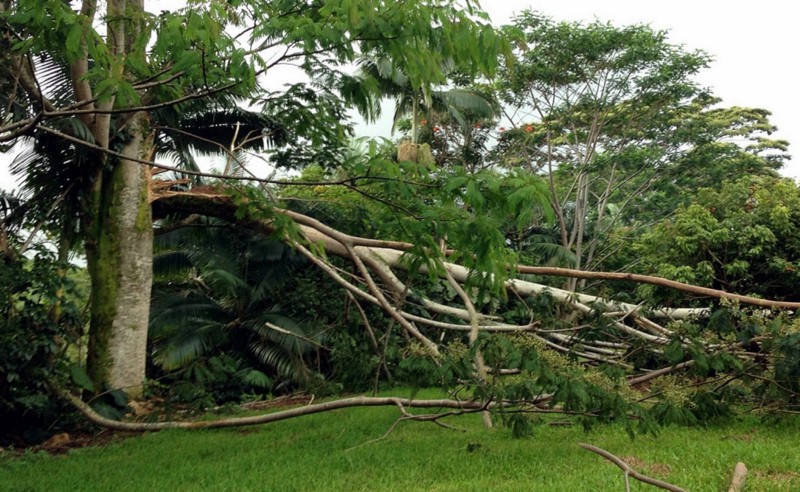



Company Culture A Lesson From Albizia Trees What Happens When Growth Is Tall And Fast Know Your Team Blog
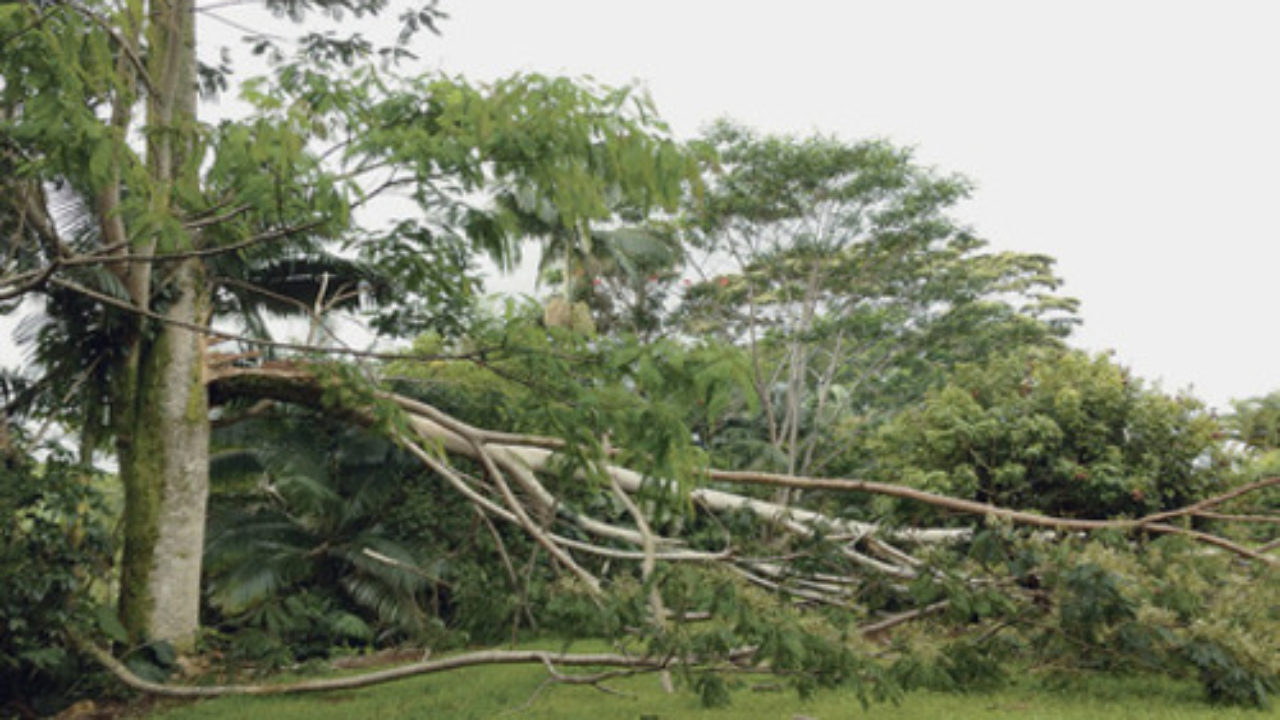



Albizia S Falling Limbs Have Hilo Resident Up A Tree Honolulu Star Advertiser




Albizia Julibrissin Wikipedia
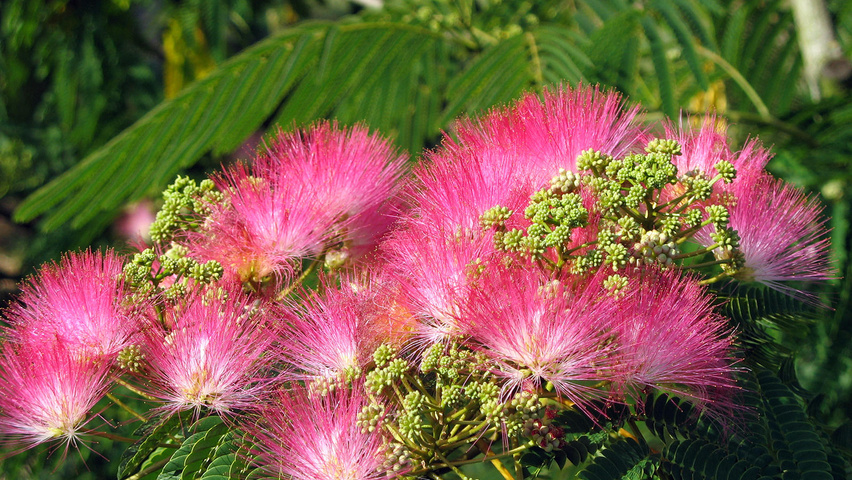



Albizia Julibrissin Treeebb Online Tree Finding Tool Ebben Nurseries




Albizia Julibrissin Persian Silk Tree




Albizia Mimosa Silk Tree Albizia Julibrissin My Garden Life
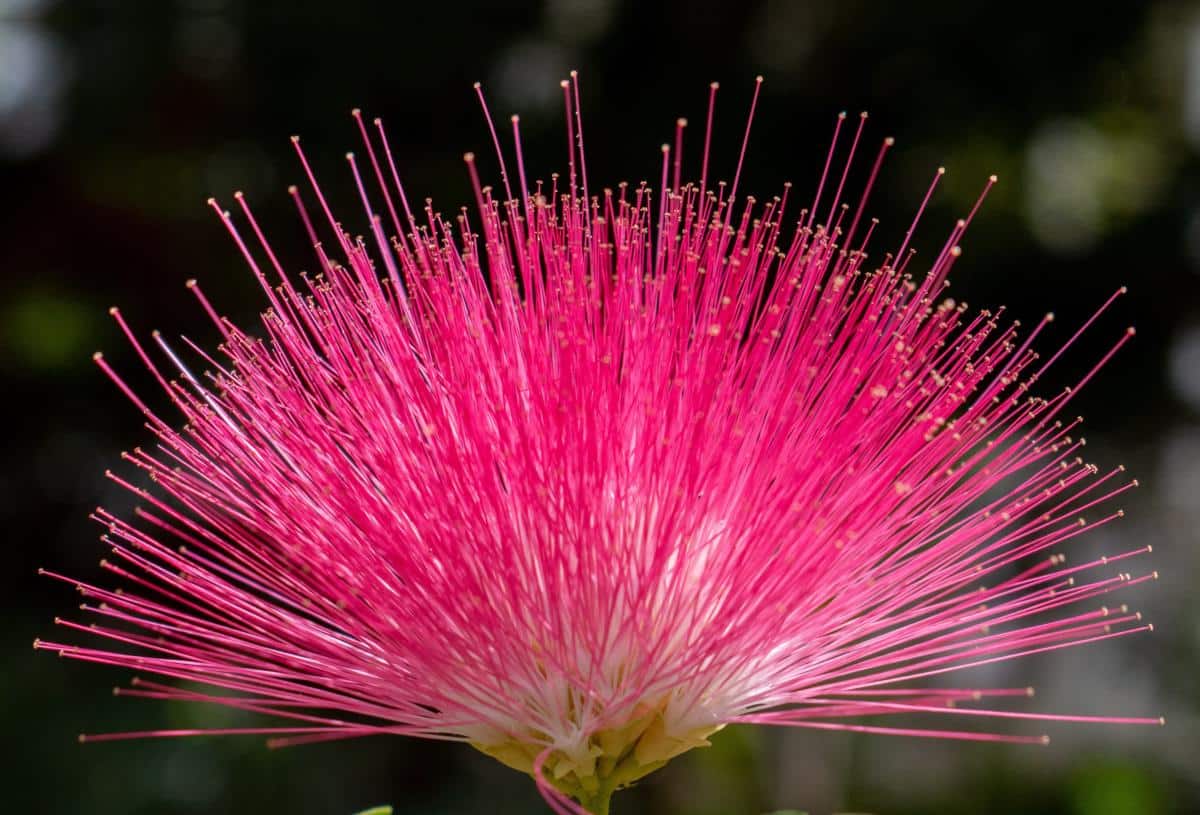



Albizia Native Range And Places Where It S Invasive Now Too
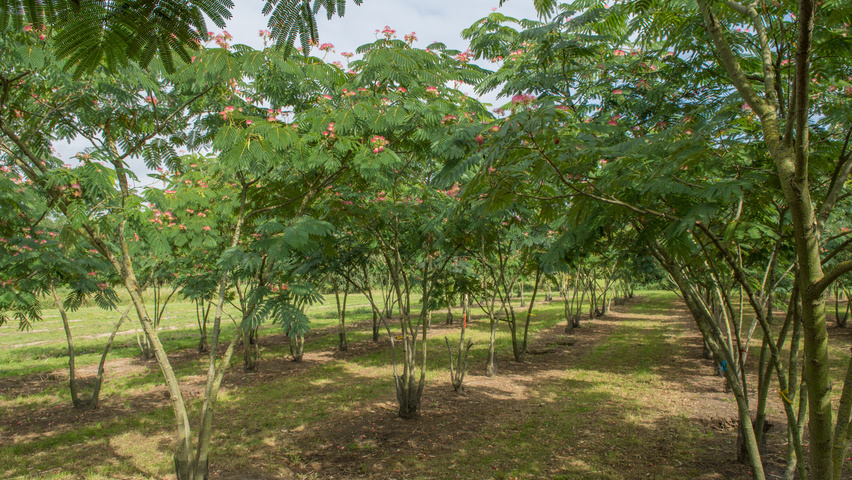



Albizia Julibrissin Boubri Treeebb Online Tree Finding Tool Ebben Nurseries




Blooming Albizia Julibrissin Tree In Stresa At Lake Maggiore Italy Stock Photo Download Image Now Istock




Silk Tree Albizia Julibrissin Foliage And Fruits Stock Image C049 2549 Science Photo Library
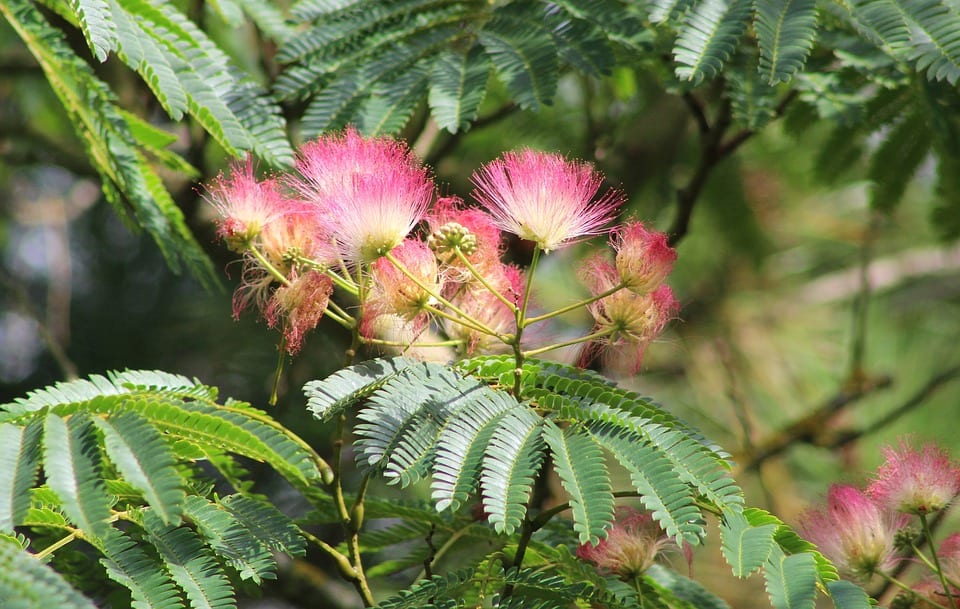



Albizia Characteristics And Care Guide Gardening On




Albizia Julibrissin Wikipedia
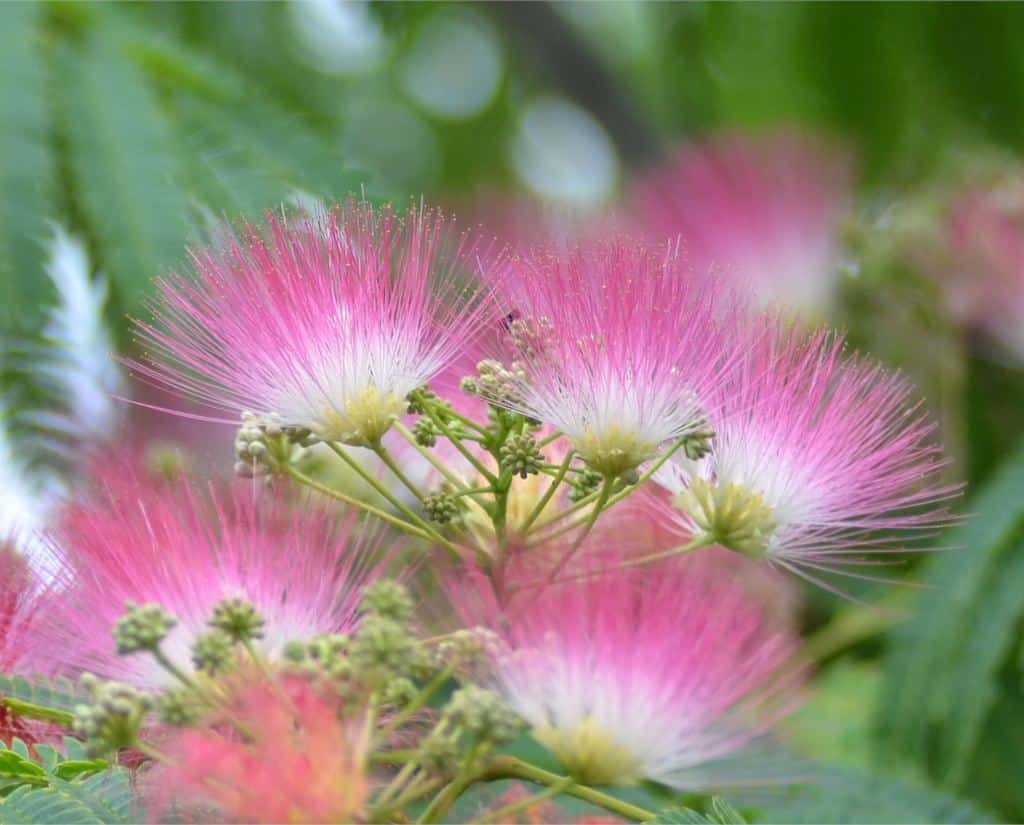



Albizia Care Pruning Planting Fertilizing For The Ultimate Blooming
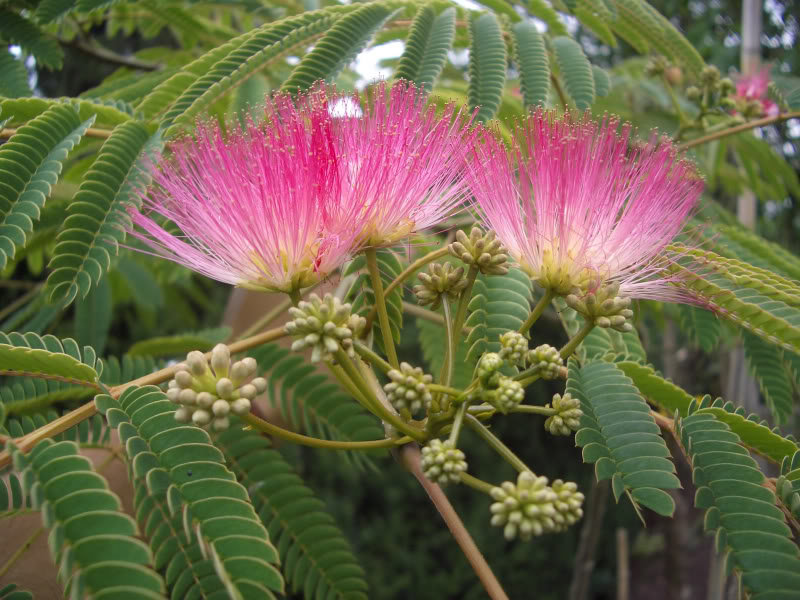



Albizia Julibrissin Rosea Silk Tree Architectural Plants




Albizia Kalkora Trees And Shrubs Online
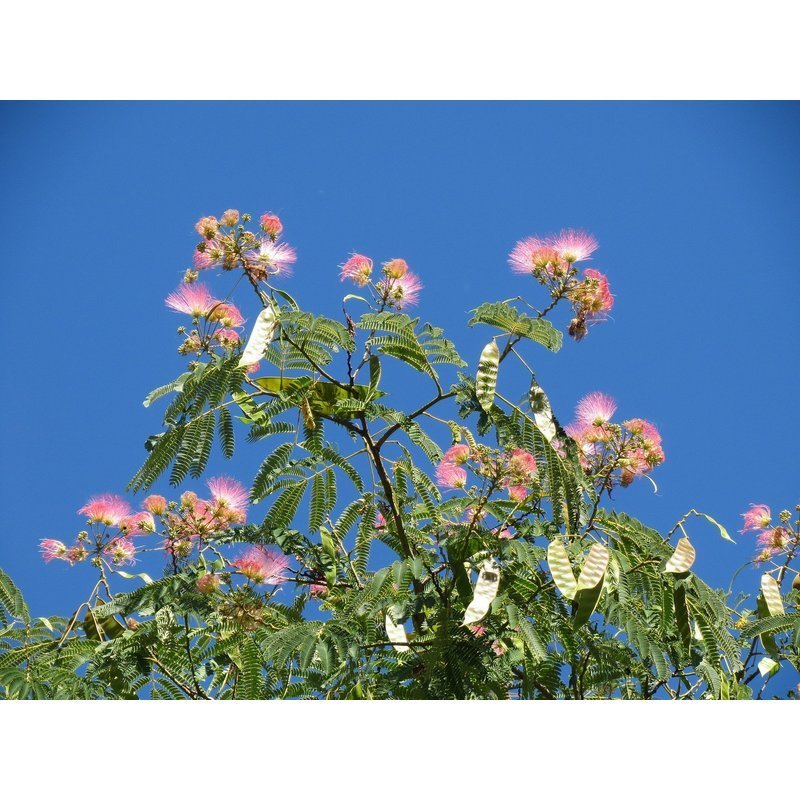



The Albizia Julibrissin Persian Sleeping Tree Teeninga Palmen
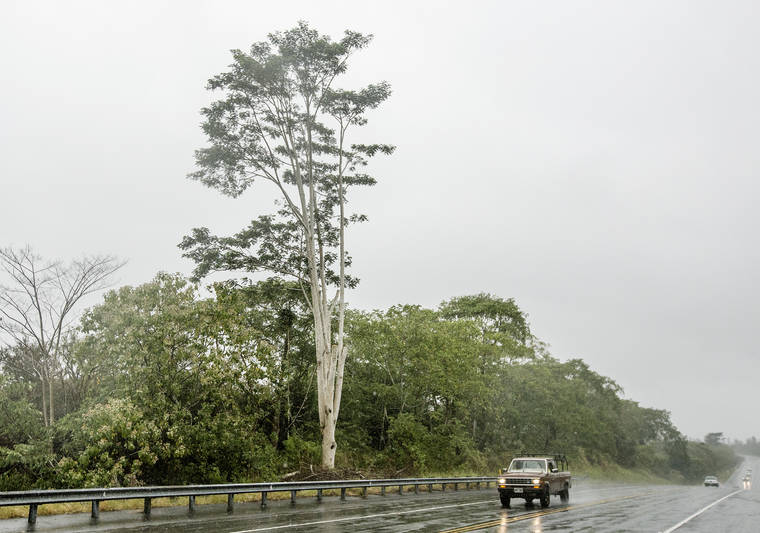



With New Law In Effect Albizia Fight Continues Hawaii Tribune Herald




Albizia Julibrissin Persian Silk Tree Buy Seeds At Rarepalmseeds Com



Albizia Julibrissin Persian Silk Tree Sleeping Tree La Palmeraie Gb




Set Of Persian Silk Trees Albizia Julibrissin 3 Trees 3d Model Download 3d Model Set Of Persian Silk Trees Albizia Julibrissin 3 Trees 3dbaza Com




Albizia An Overview Sciencedirect Topics
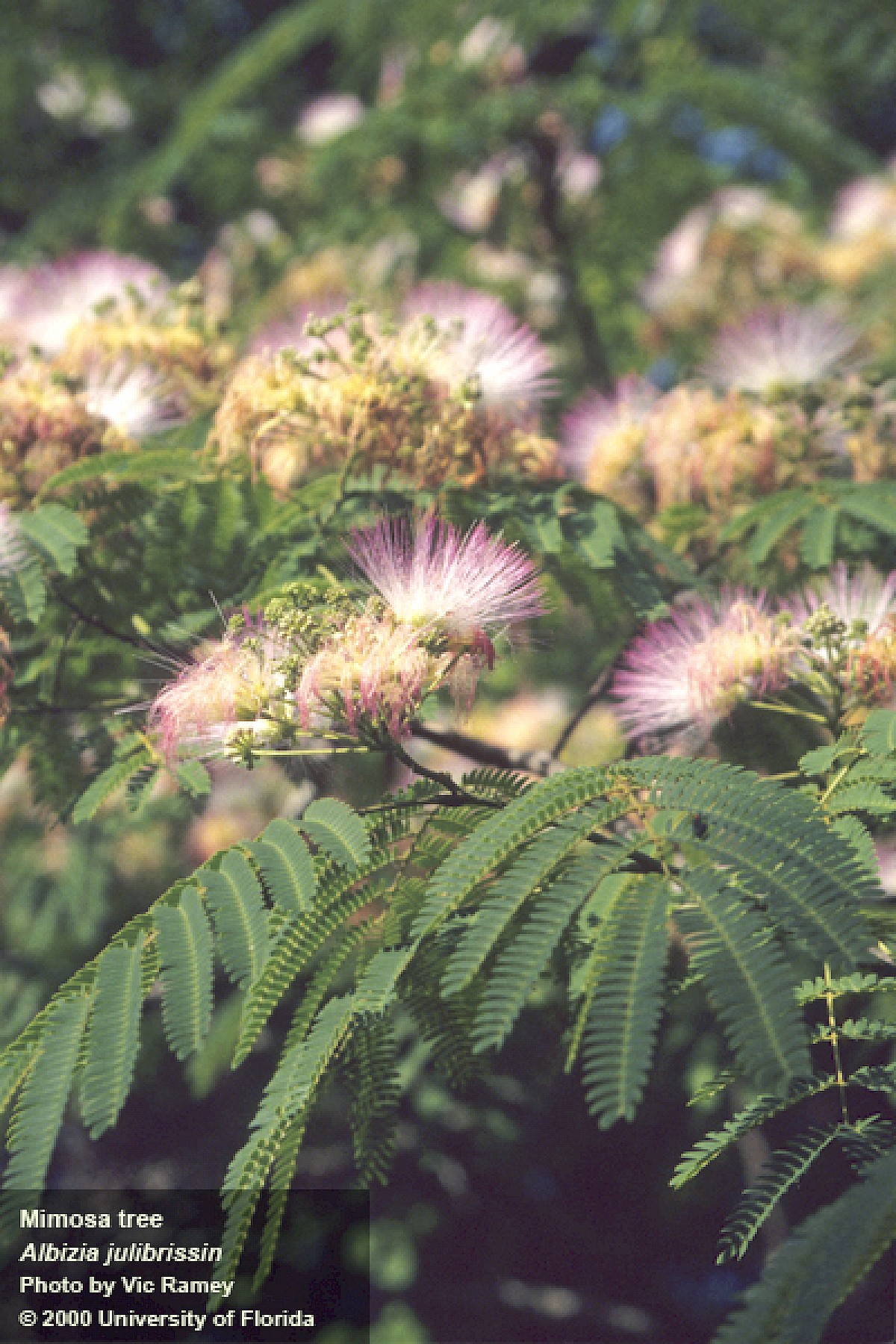



Center For Aquatic And Invasive Plants University Of Florida Ifas




Albizia Julibrissin Silk Tree Mimosa Tree Van Den Berk Nurseries




Albizia Julibrissin
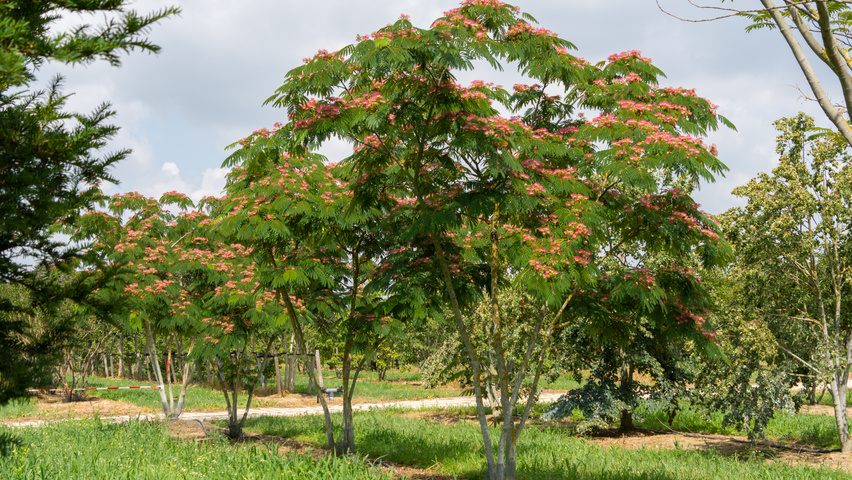



Albizia Julibrissin Boubri Treeebb Online Tree Finding Tool Ebben Nurseries
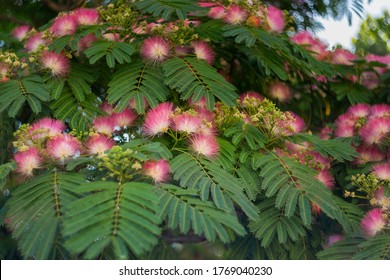



Albizia Tree Images Stock Photos Vectors Shutterstock




Wild Growing Albizia Tree Addgrainonearth




Albizia Julibrissin Rosea Emerald Plants




File Albizia Tree Jpg Wikimedia Commons




Flowers Of Silk Tree Albizia Julibrissin Stock Photo Download Image Now Istock



Albizia Trees
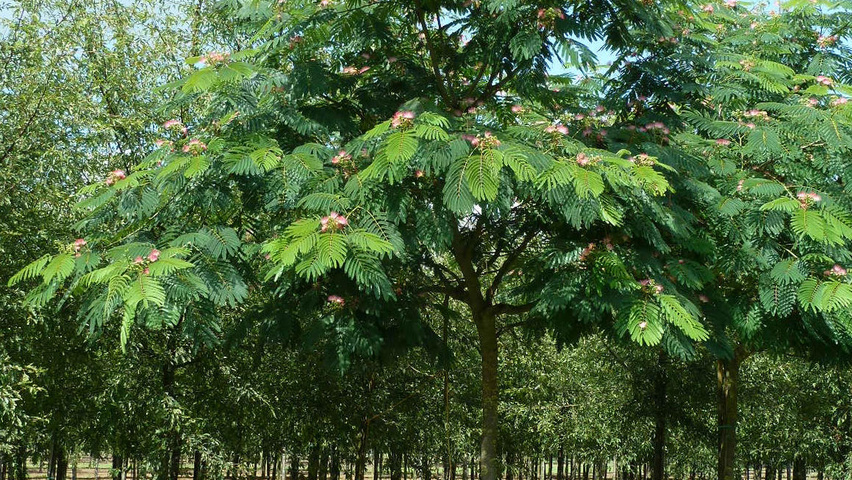



Albizia Julibrissin Treeebb Online Tree Finding Tool Ebben Nurseries




Albizia Julibrissin Rosea Pink Silk Tree Buy Seeds At Rarepalmseeds Com
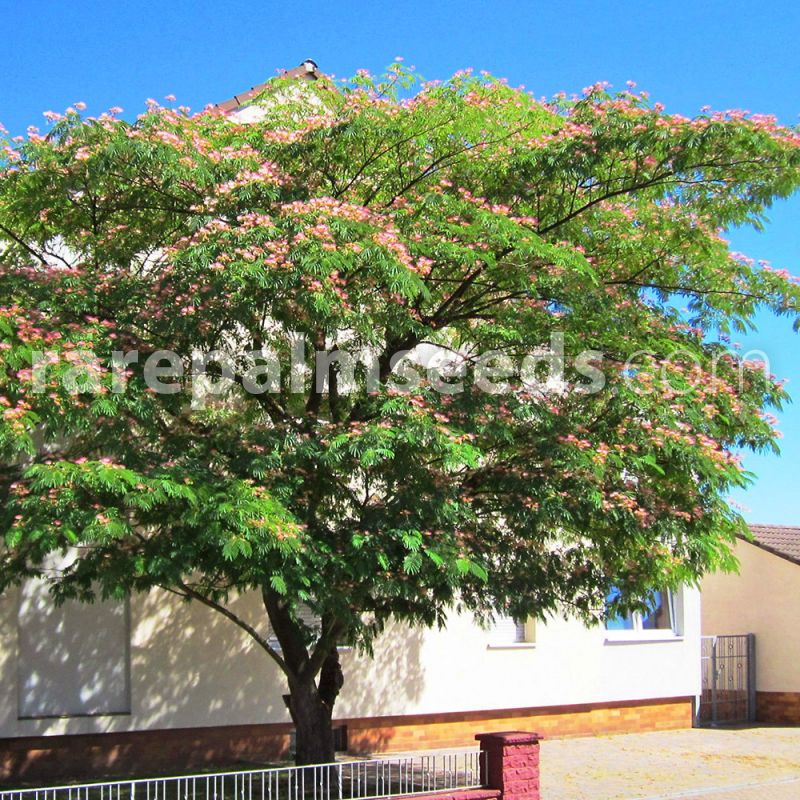



Albizia Julibrissin Persian Silk Tree Buy Seeds At Rarepalmseeds Com




Albizia Niopoides Var Niopoides Heritage Trees Gardens Parks Nature National Parks Board Nparks
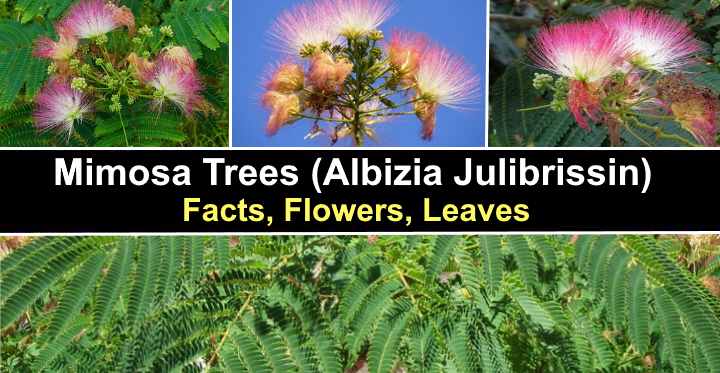



Mimosa Trees Albizia Julibrissin Facts Flowers Leaves Pictures
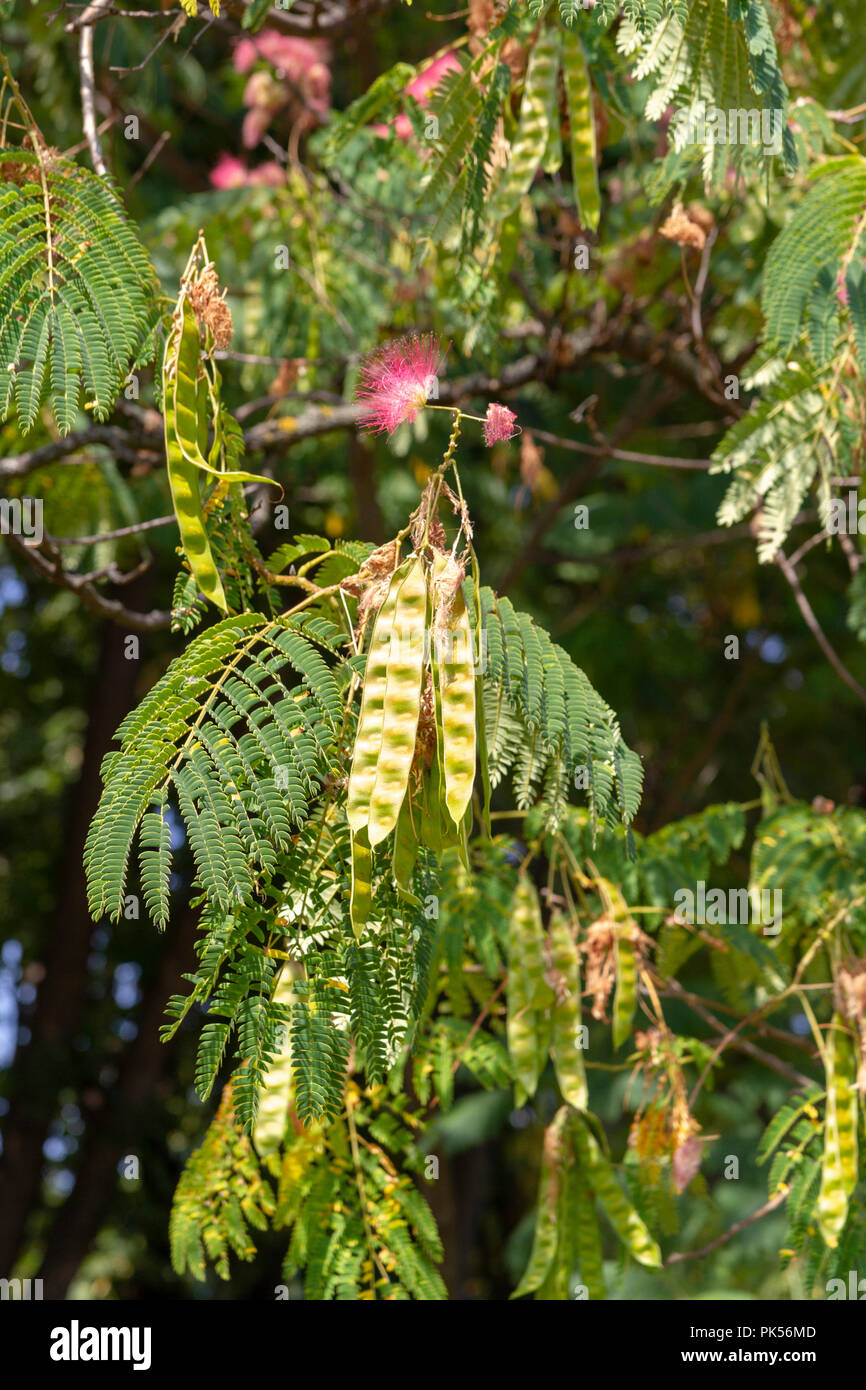



Detail Showing An Albizia Julibrissin Persian Silk Tree Pink Silk Tree Tree With Flowers And Seed Pods In Herastrau Park Bucharest Romania Stock Photo Alamy




Albizia Lebbeck
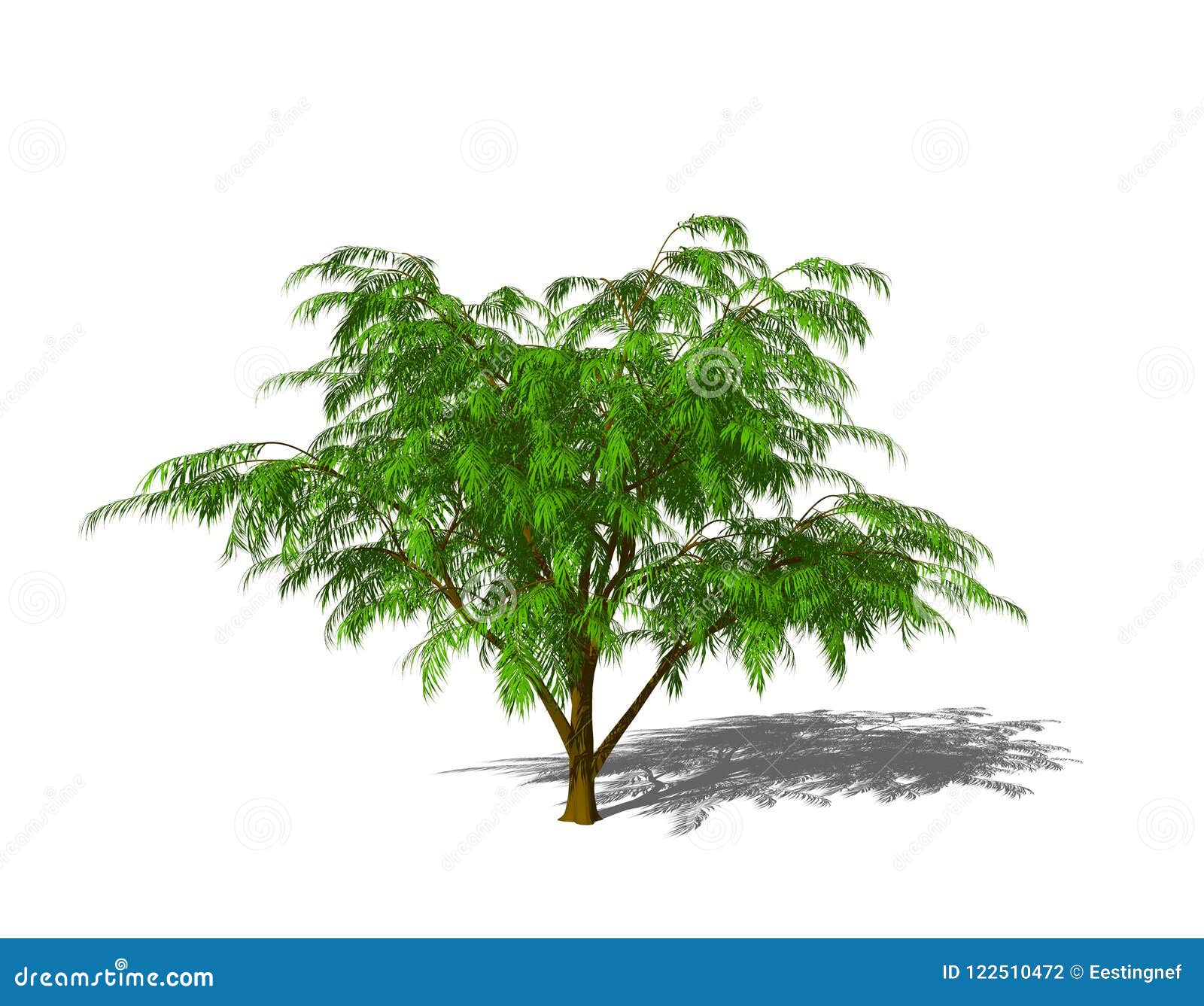



Albizia Tree Isolated On White Background 3d Rendering Illustration Stock Illustration Illustration Of Wood Stem




Albizia Saman Rain Tree Buy Seeds At Rarepalmseeds Com
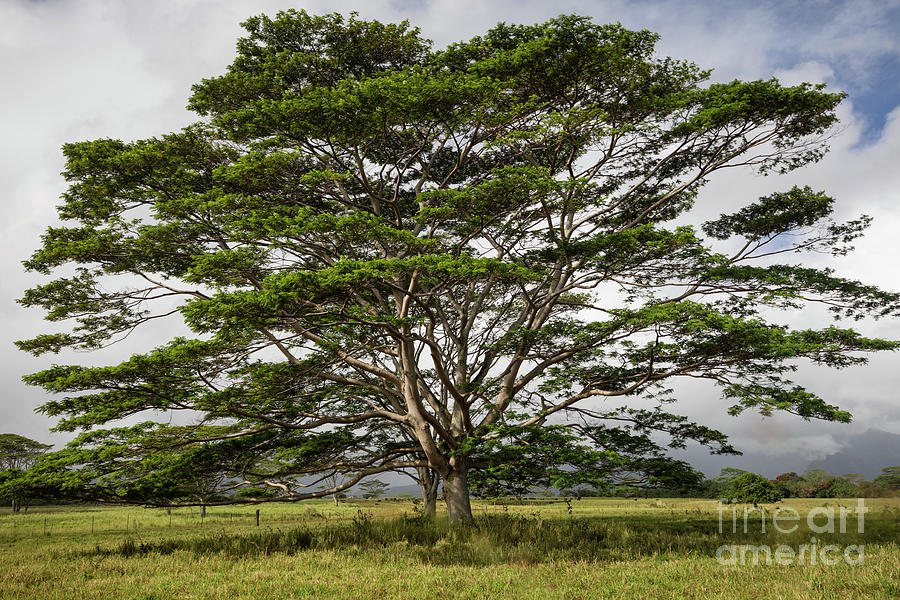



Hawaiian Moluccan Albizia Tree Photograph By Dustin K Ryan




Albizia Guachapele Chime Tree Buy Seeds At Rarepalmseeds Com
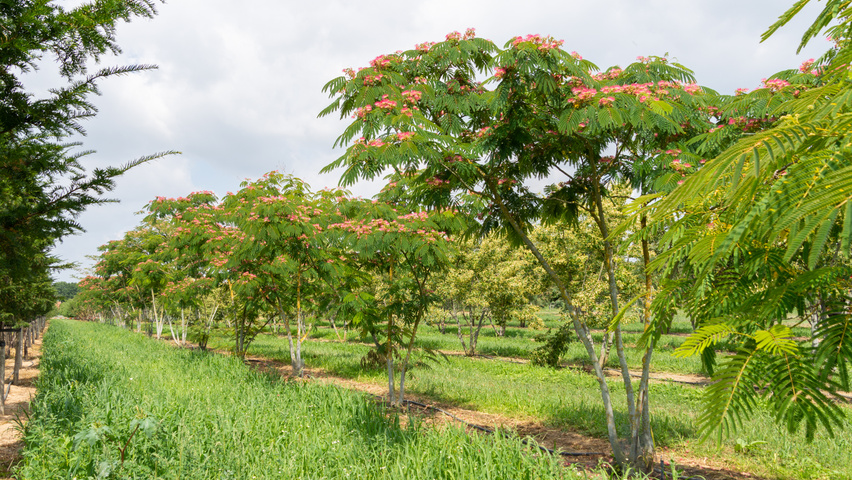



Albizia Julibrissin Boubri Treeebb Online Tree Finding Tool Ebben Nurseries




Albizia Julibrissin Persian Silk Tree




Set Of Persian Silk Trees Albizia Julibrissin 3 Trees 3d Model Download 3d Model Set Of Persian Silk Trees Albizia Julibrissin 3 Trees 3dbaza Com
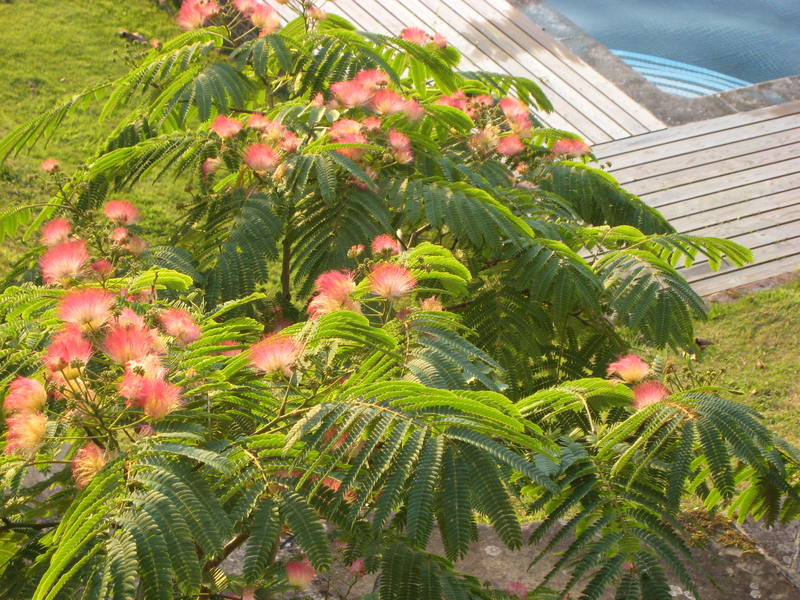



Albizia Julibrissin Rosea Silk Tree Architectural Plants
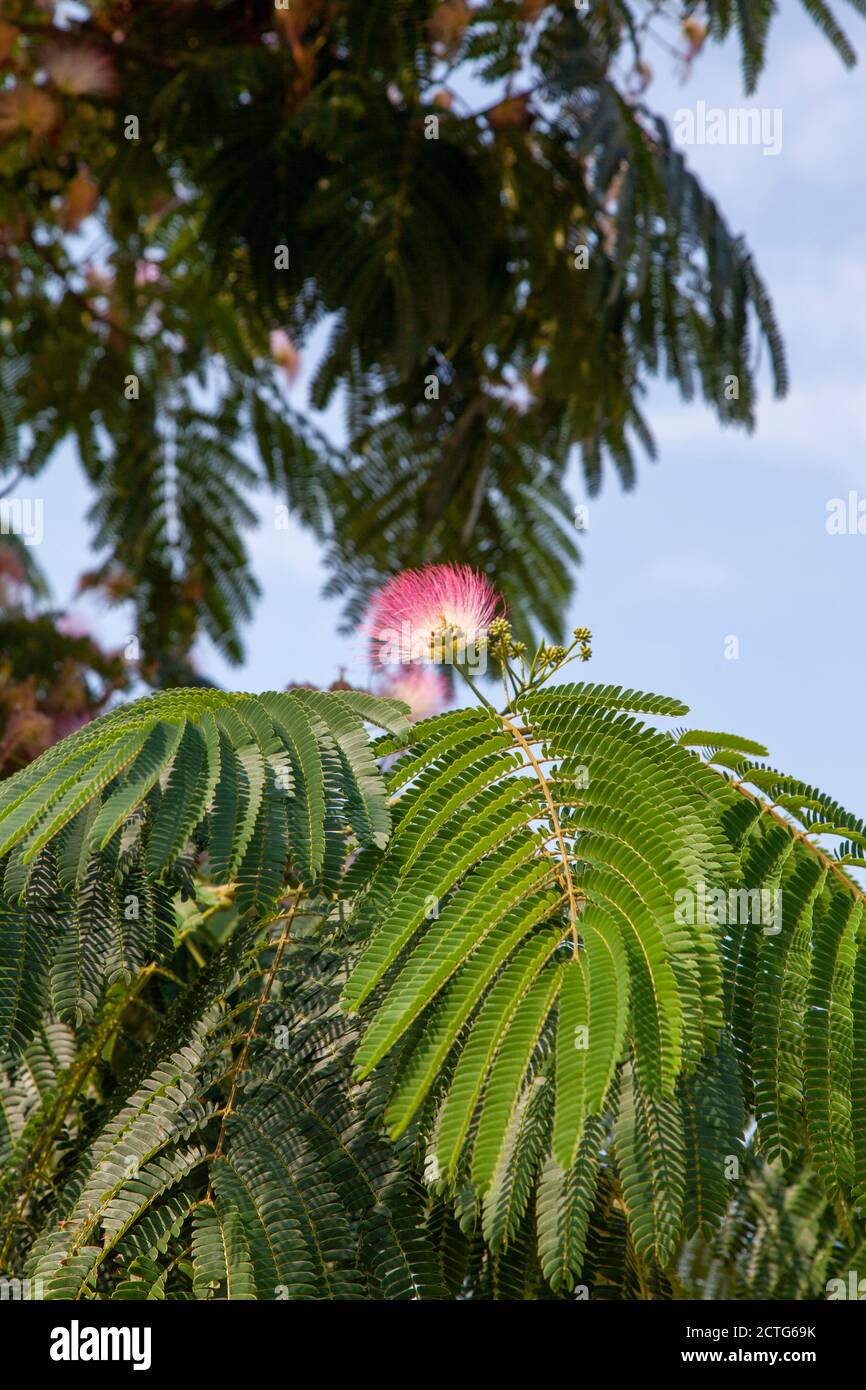



Flowers And Foliage Of Persian Silk Tree Or Pink Siris Albizia Julibrissin Brockley Lewisham London Stock Photo Alamy
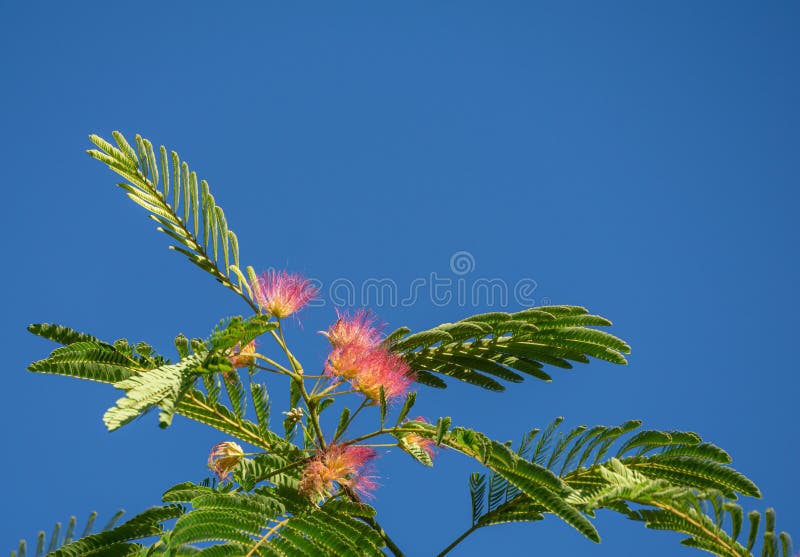



Pink Fluffy Flowers Of Persian Silk Tree Albizia Julibrissin Japanese Acacia Or Pink Silk Tree The Family Fabaceae On Blue Sky Stock Image Image Of Color Branch




The Persian Silk Tree Albizia Julibrissin Flower Canstock



1



Albizia Adianthifolia Wikipedia




Silk Tree Albizia Julibrissin
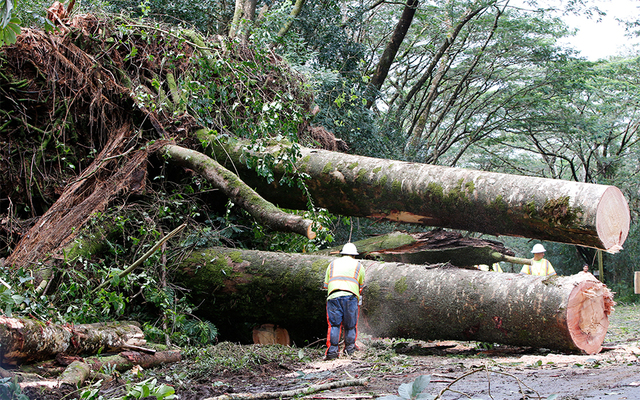



Bills Aim To Combat Invasive Albizia Trees Honolulu Star Advertiser




Albizia Julibrissin Rosea Silk Tree J Parker Dutch Bulbs
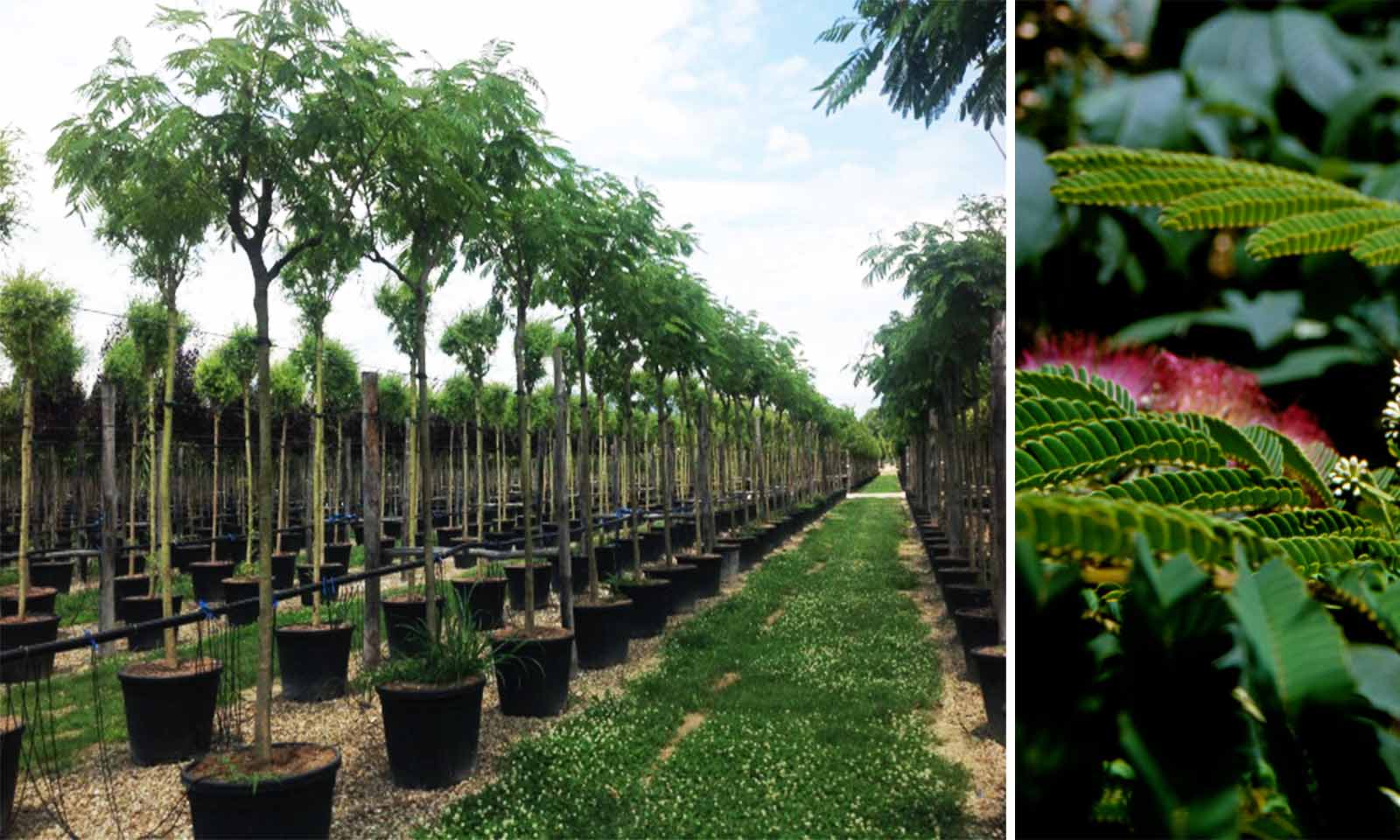



Albizia Julibrissin Ombrella Silk Tree Ombrella Standard Garden Plants Online




Persian Silk Tree Albizia Julibrissin Foliage And Flowers Canstock



Albizia Albizia Amara Tree India Feedipedia
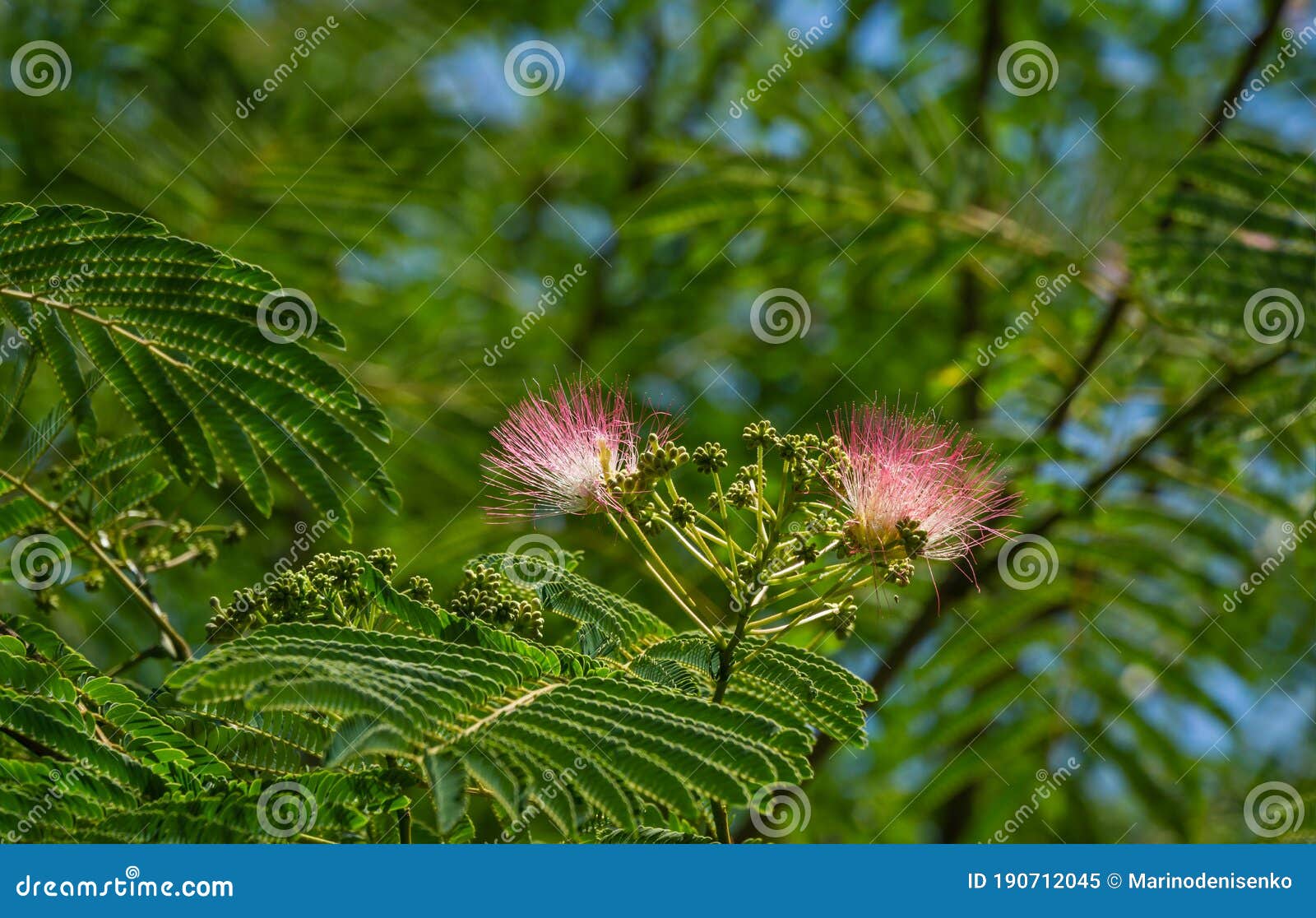



Pink Fluffy Flowers Of Persian Silk Tree Albizia Julibrissin Japanese Acacia Or Pink Silk Tree Stock Image Image Of Persian Botanical
コメント
コメントを投稿